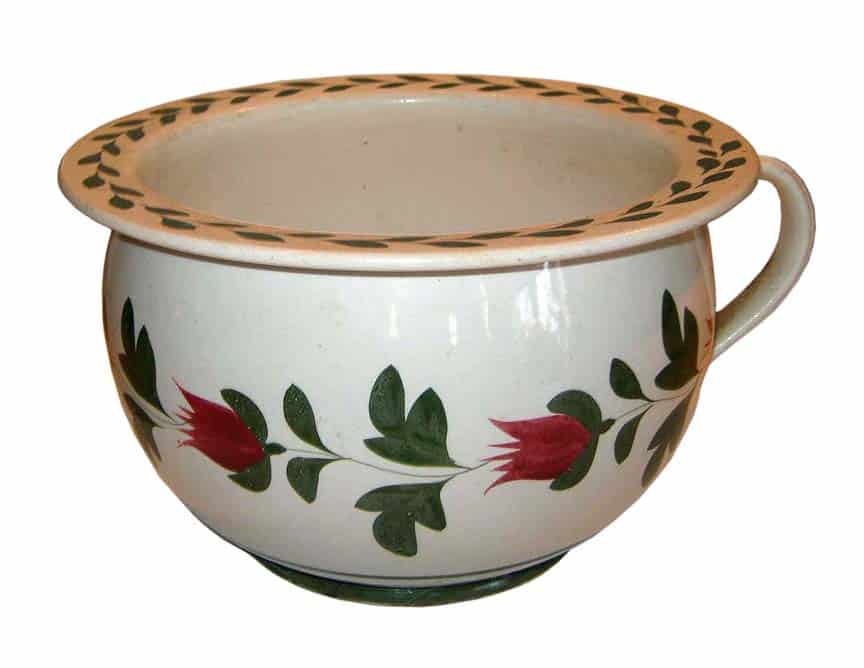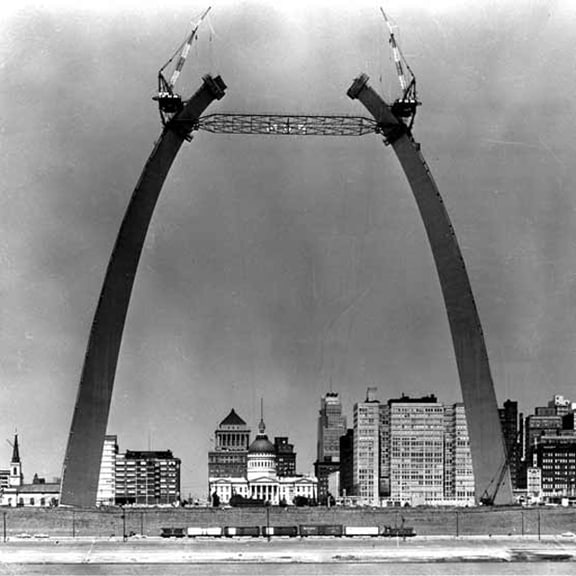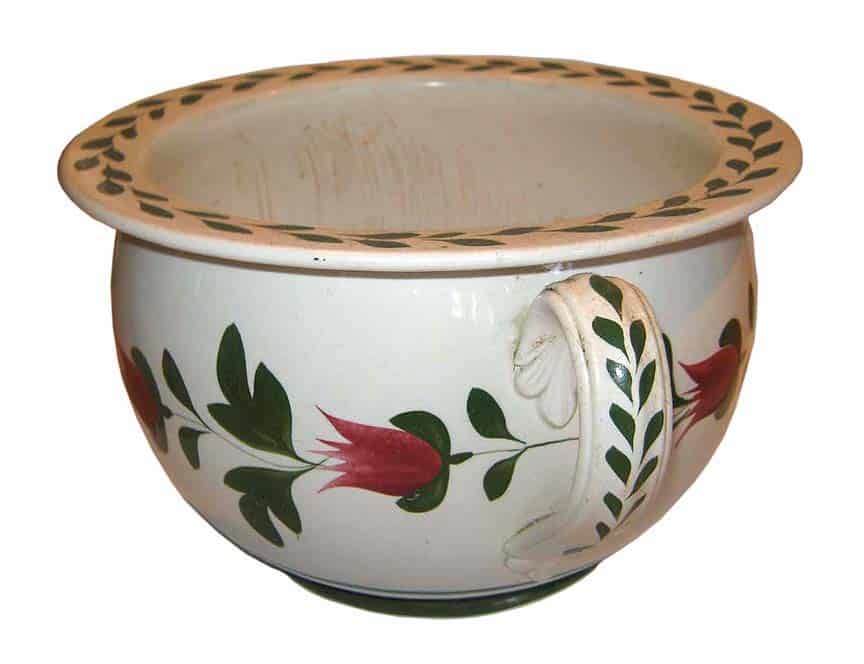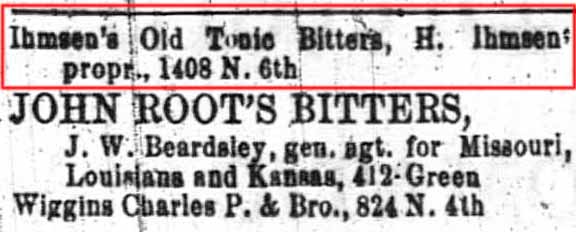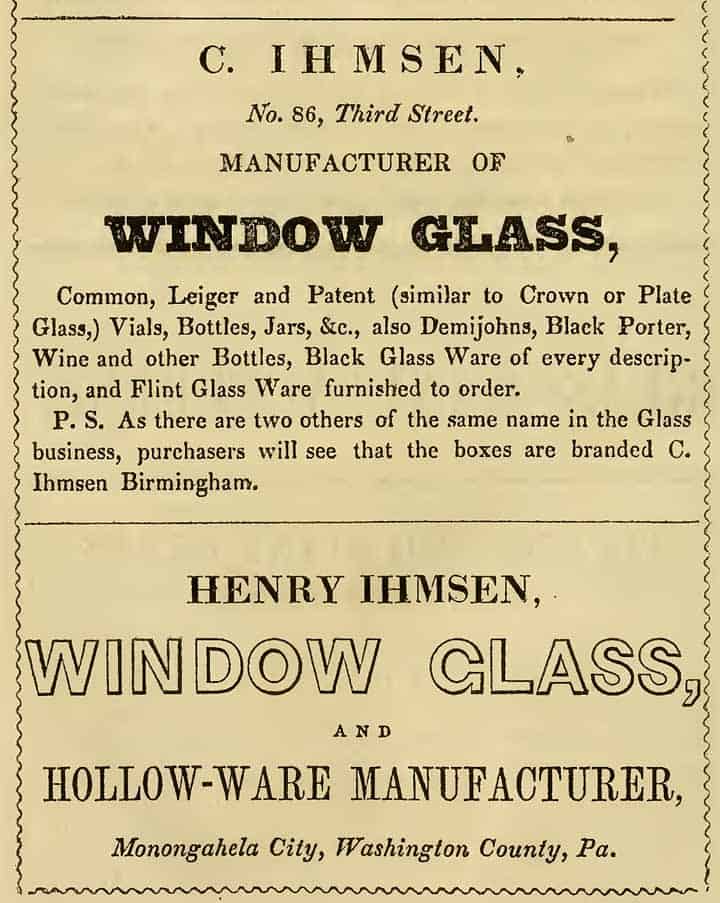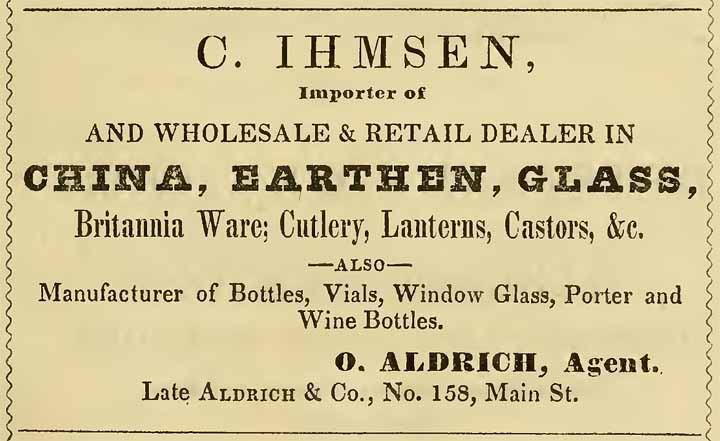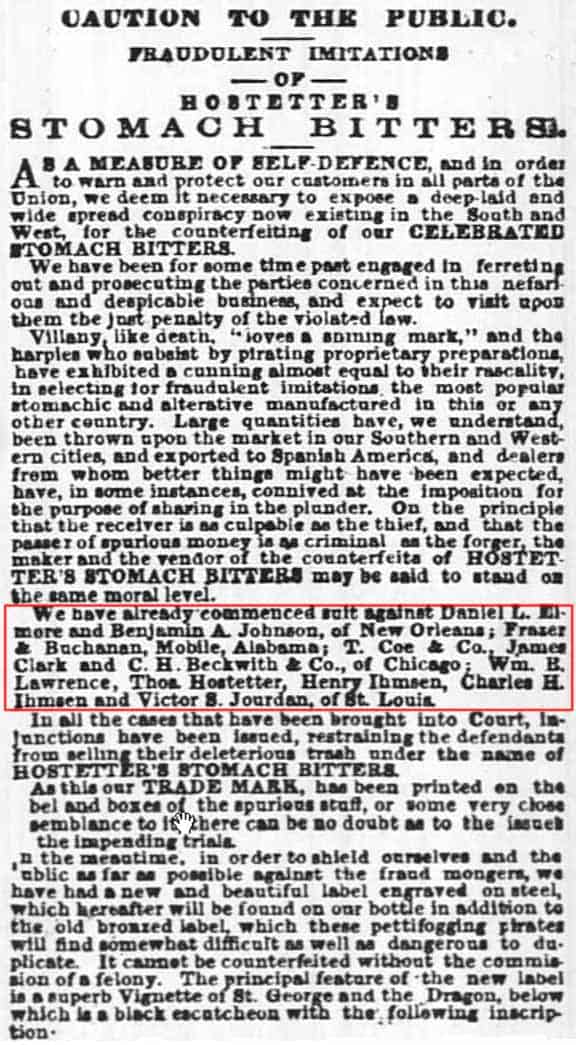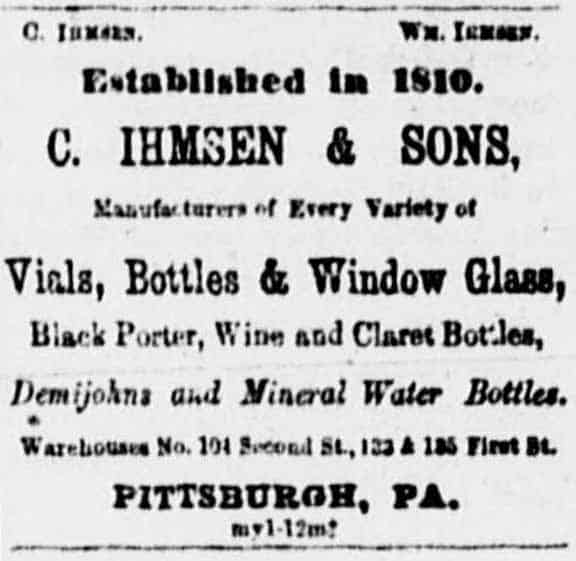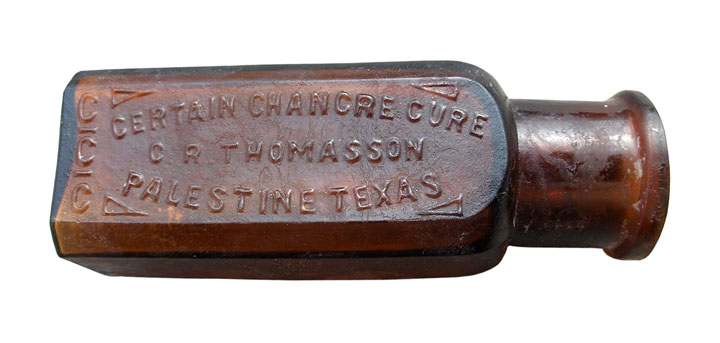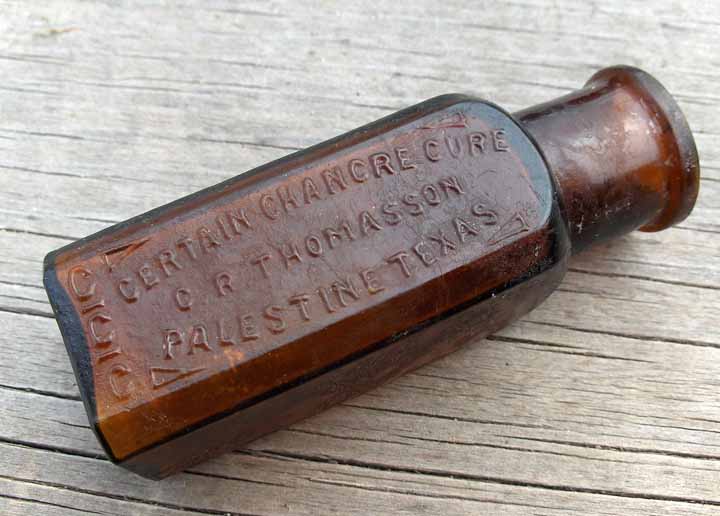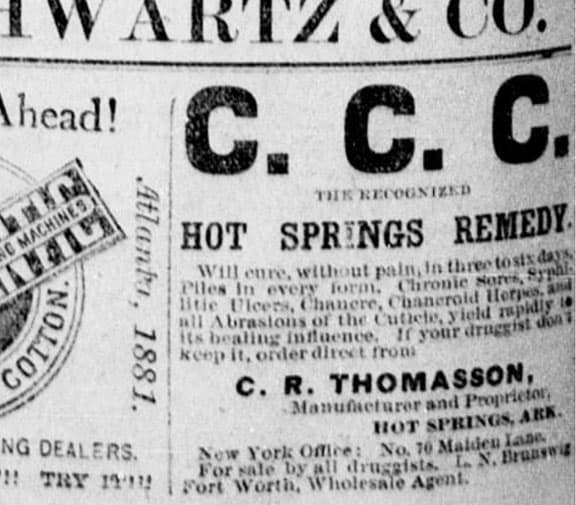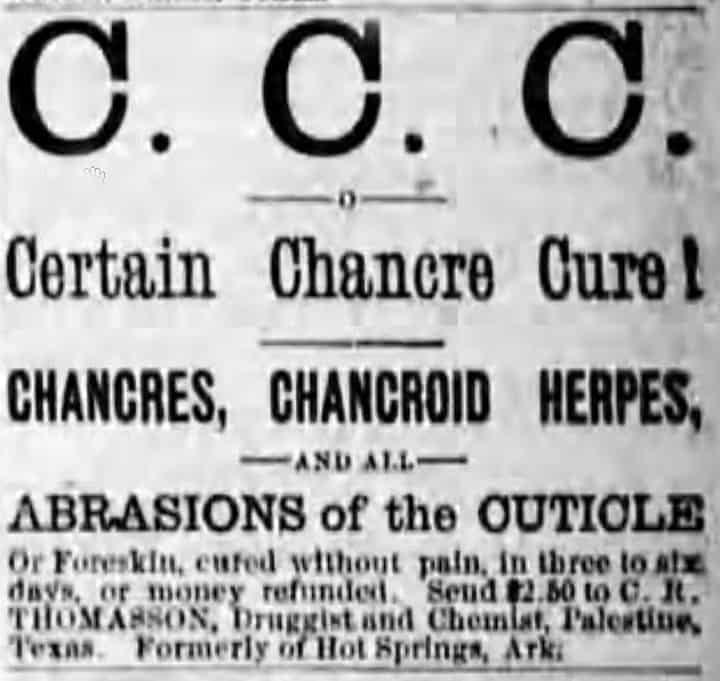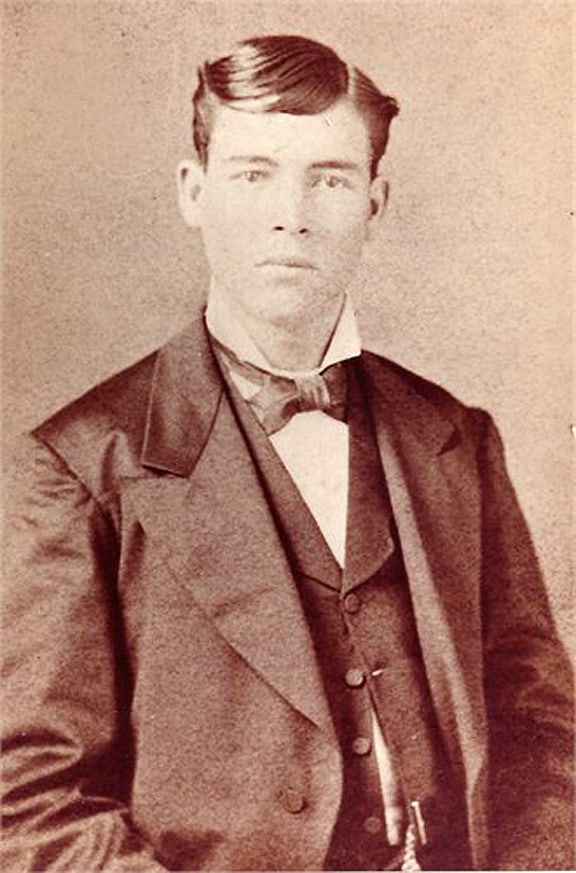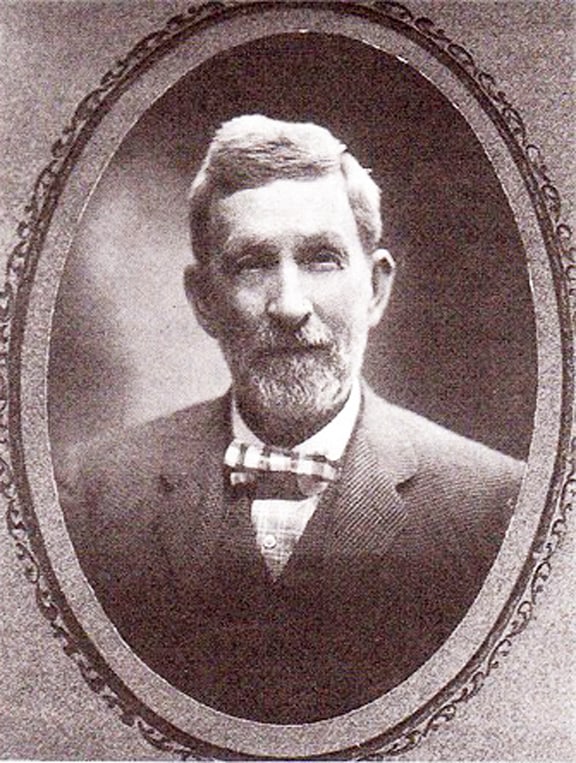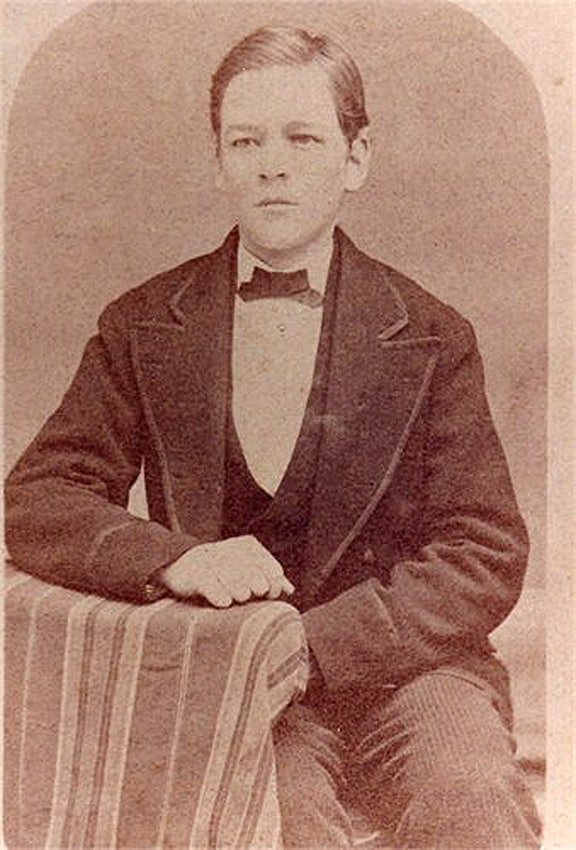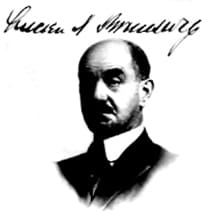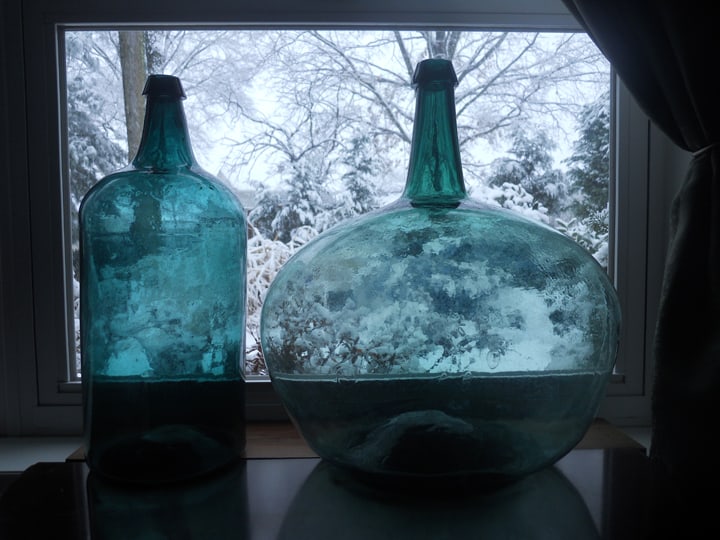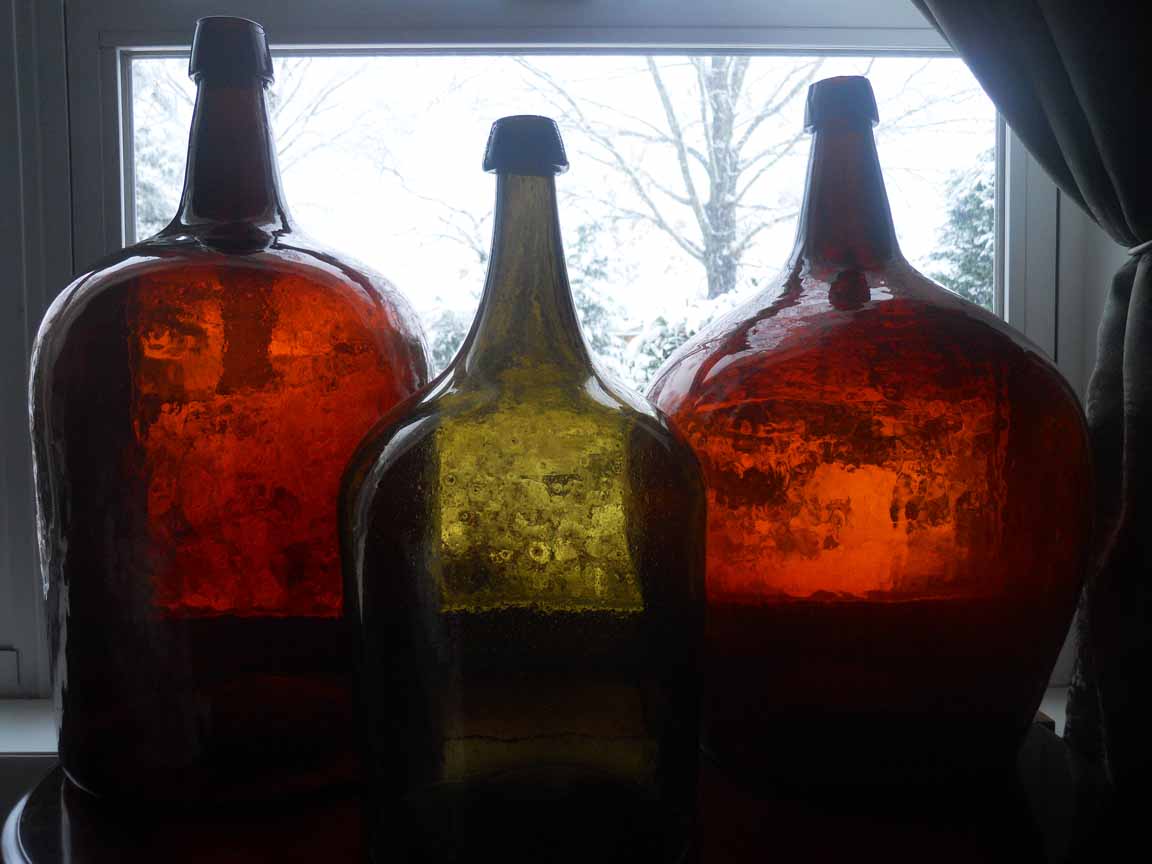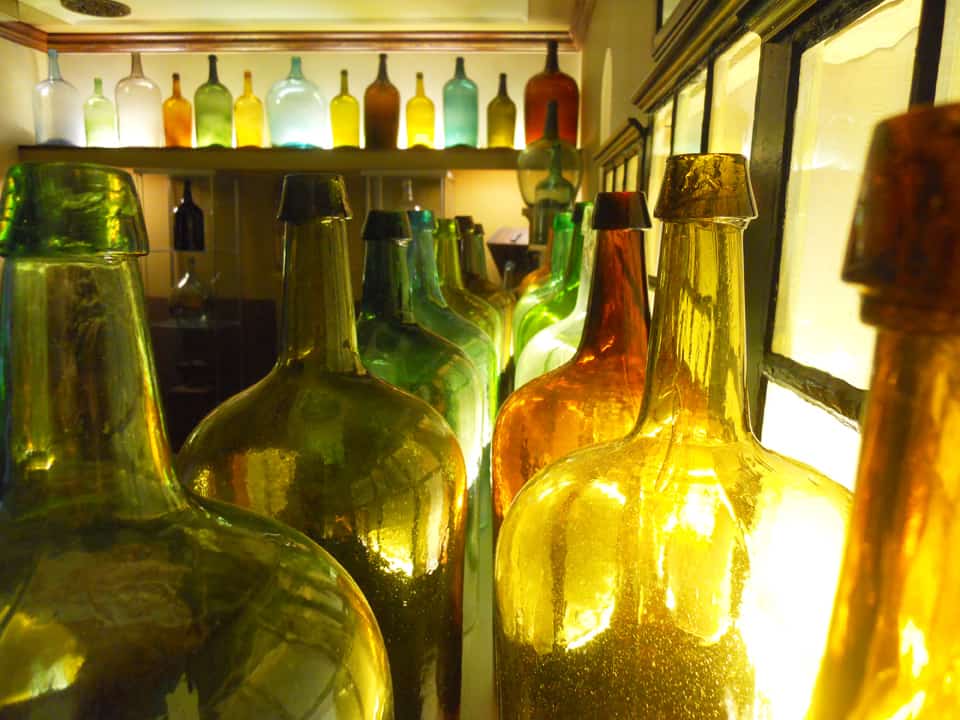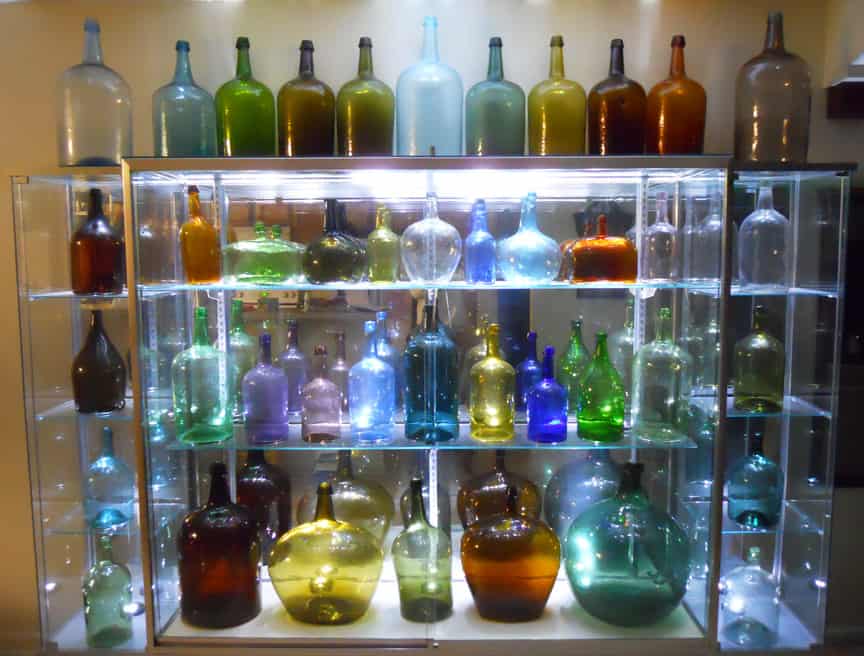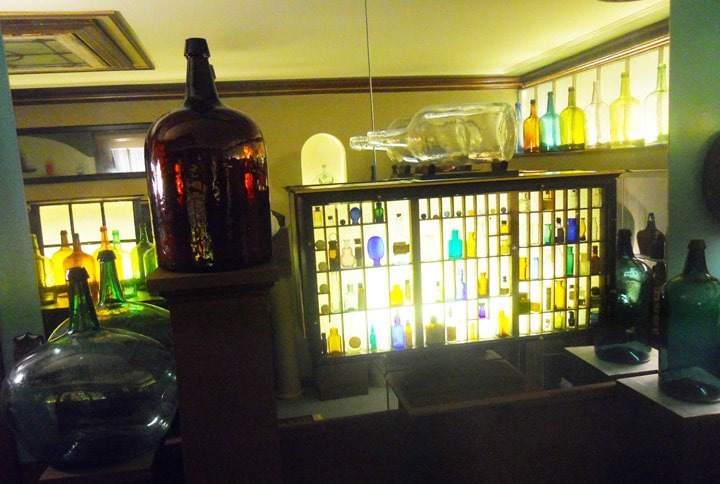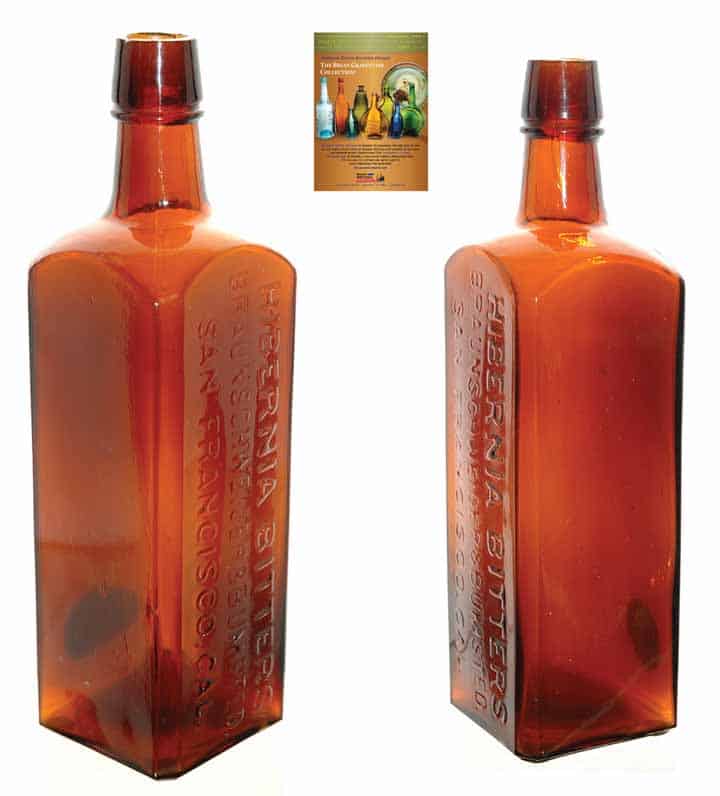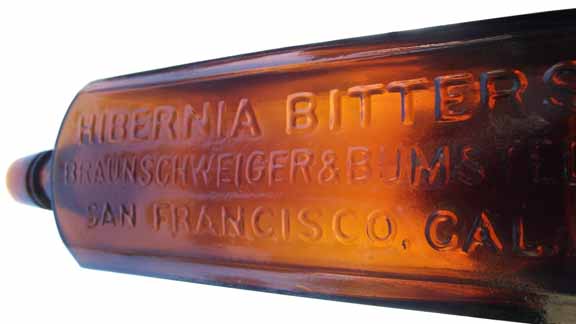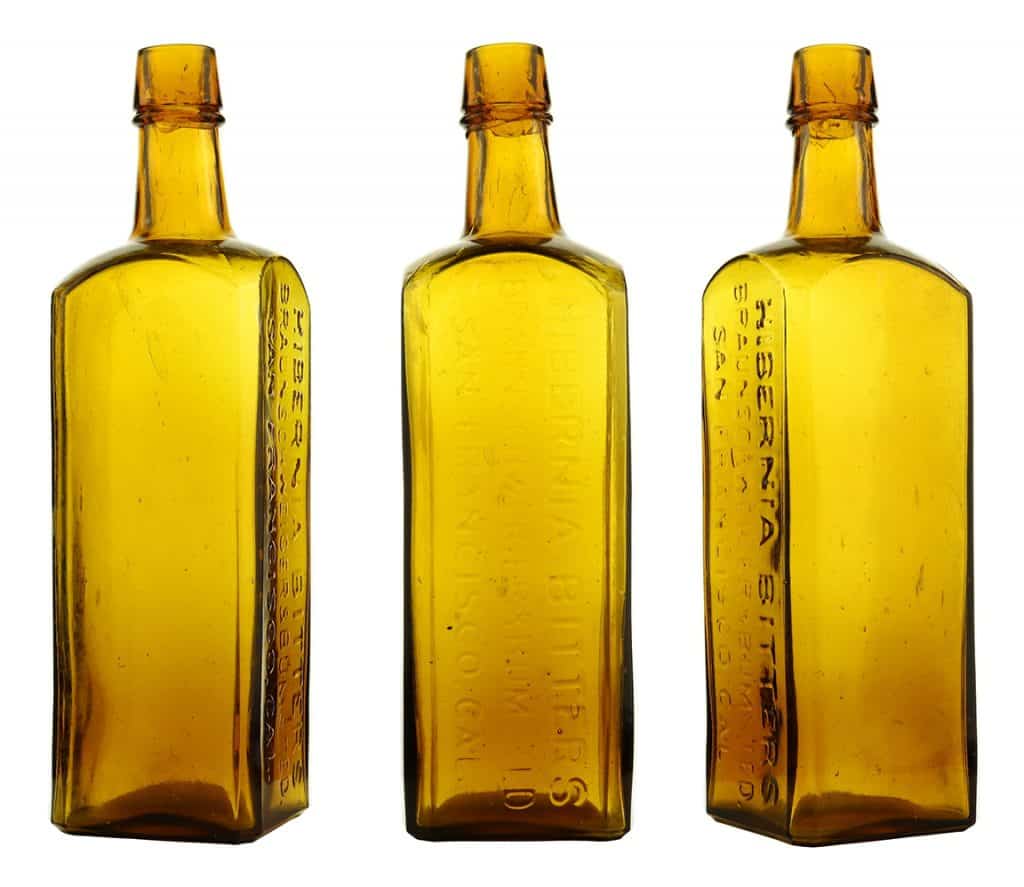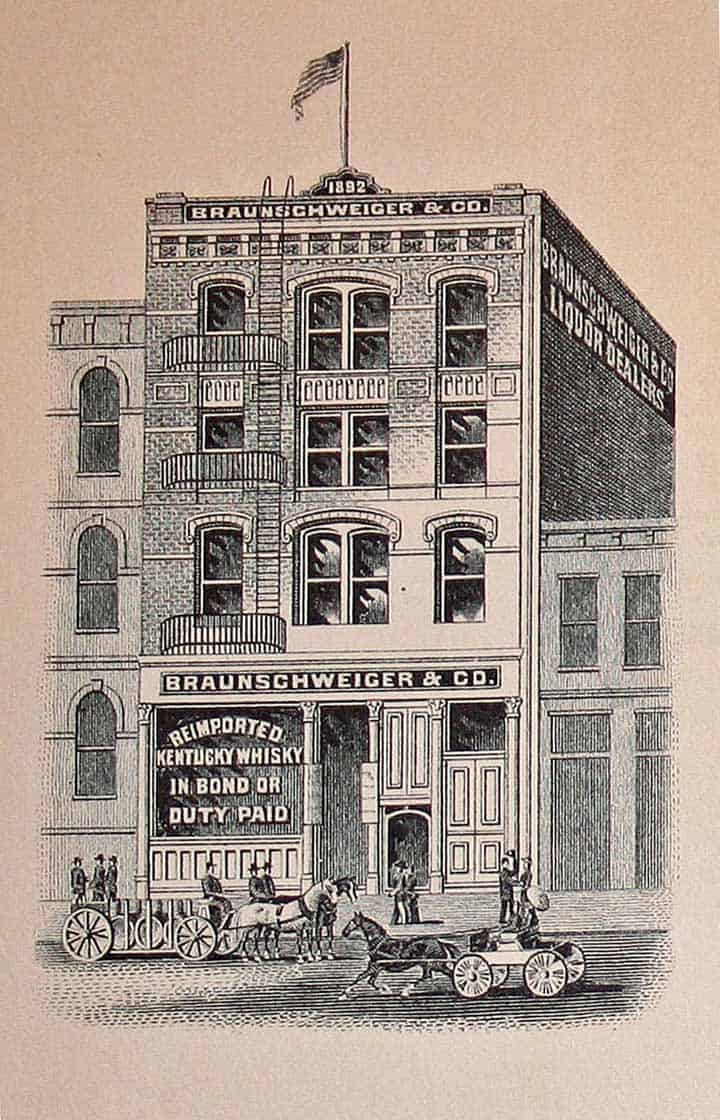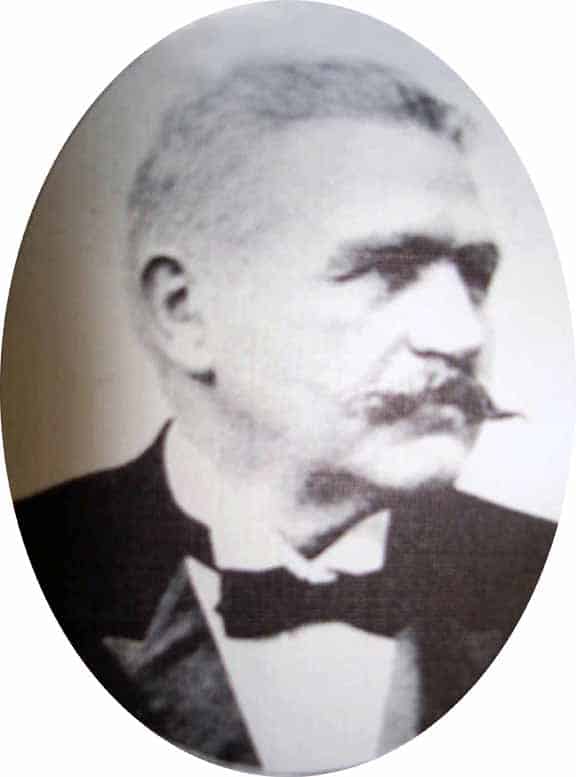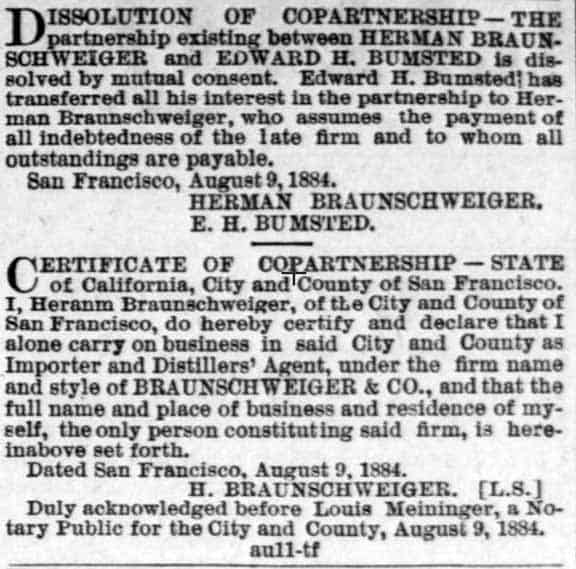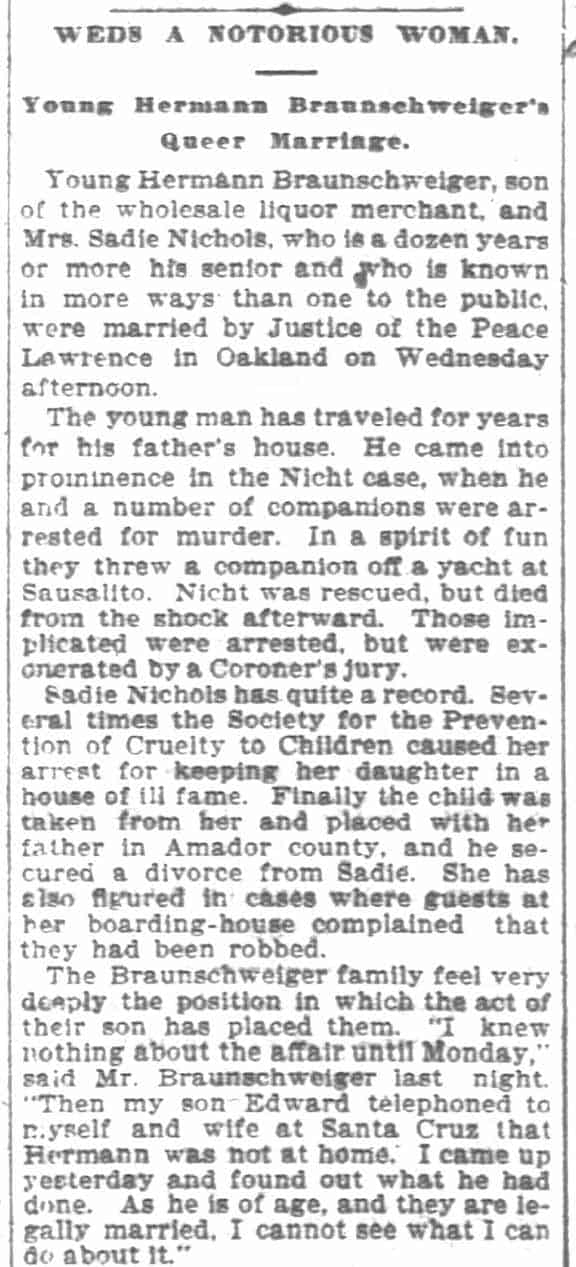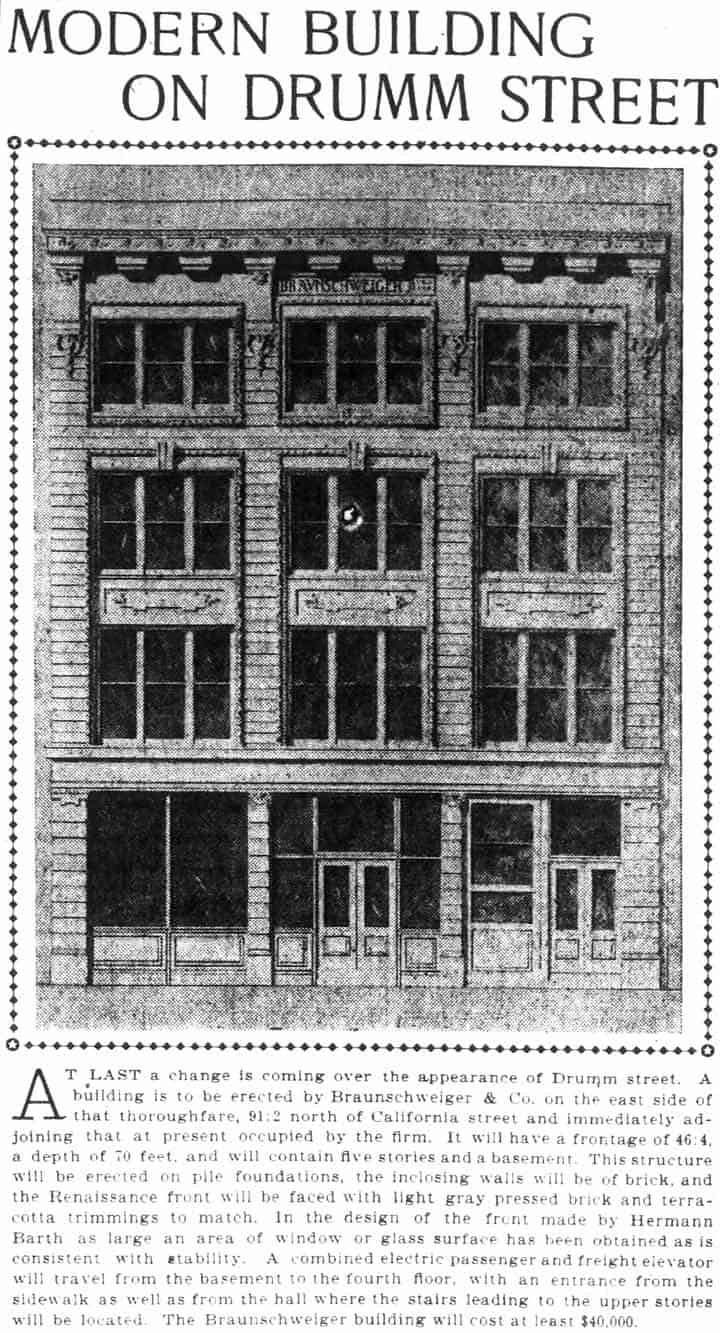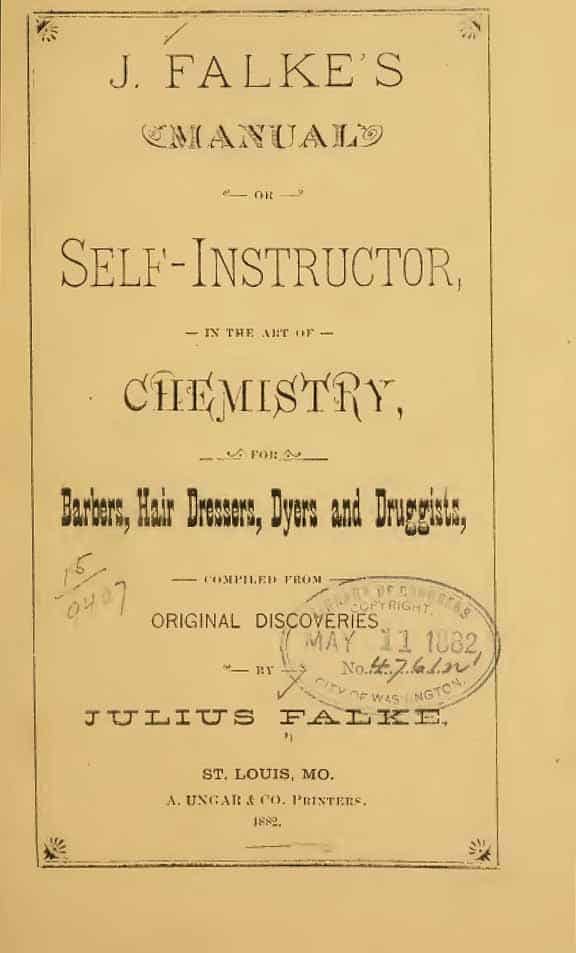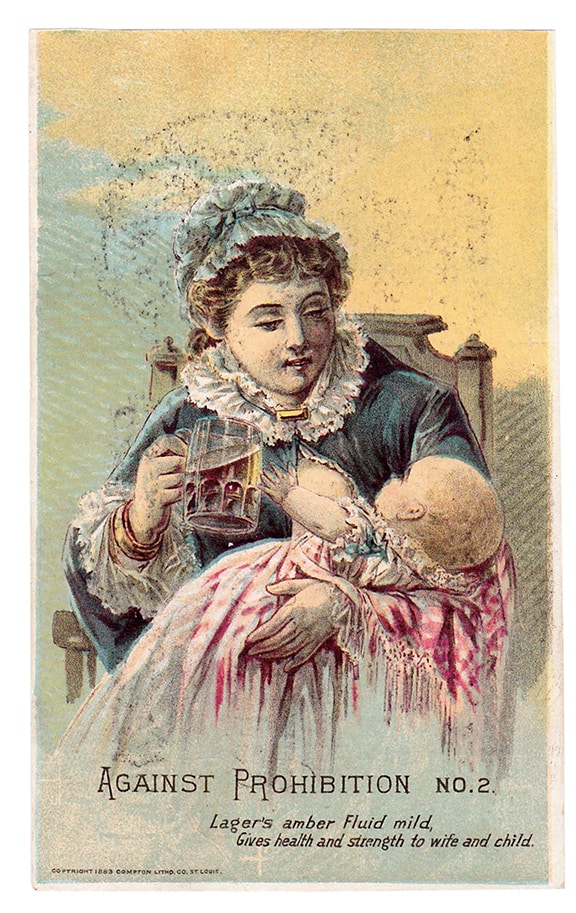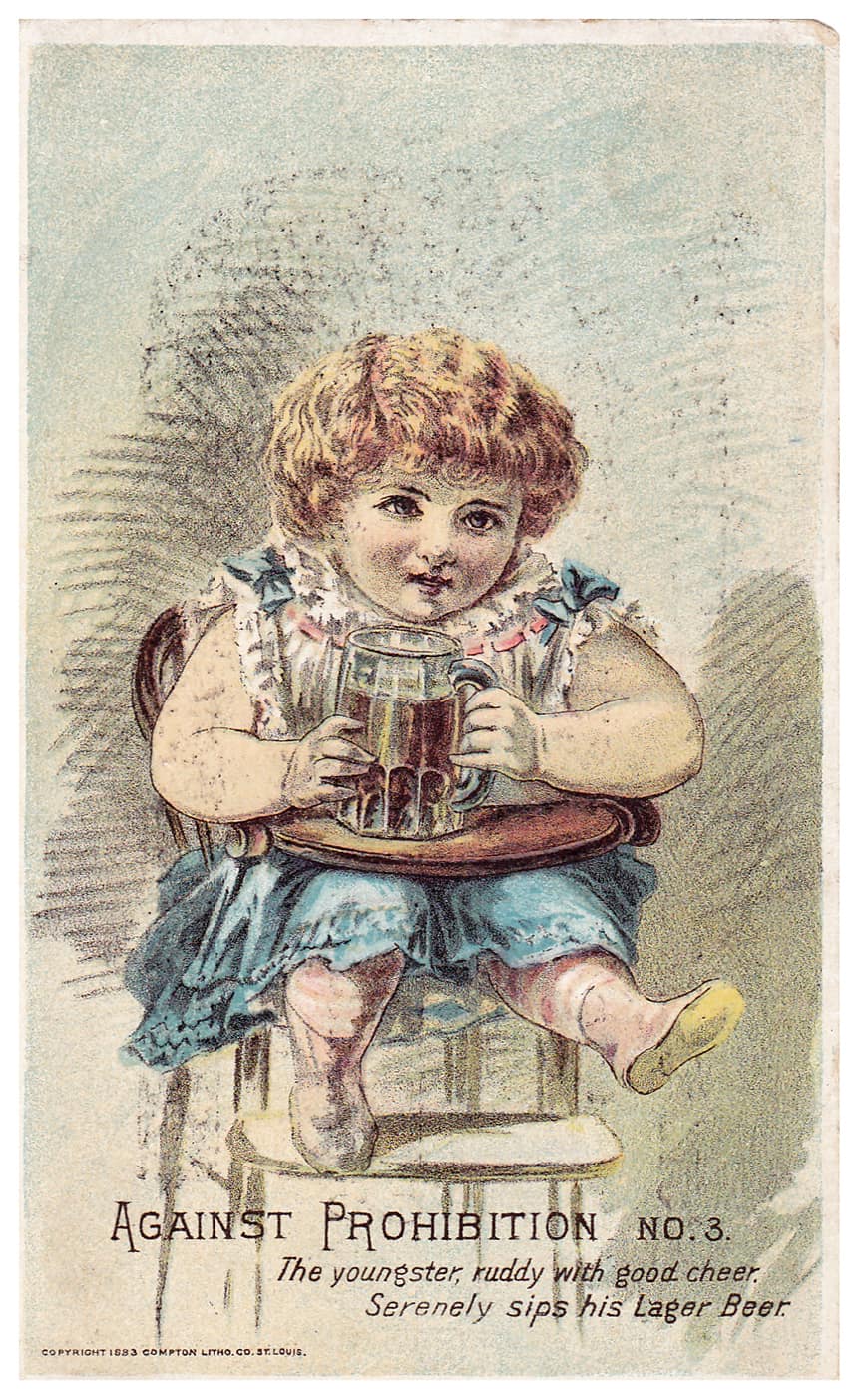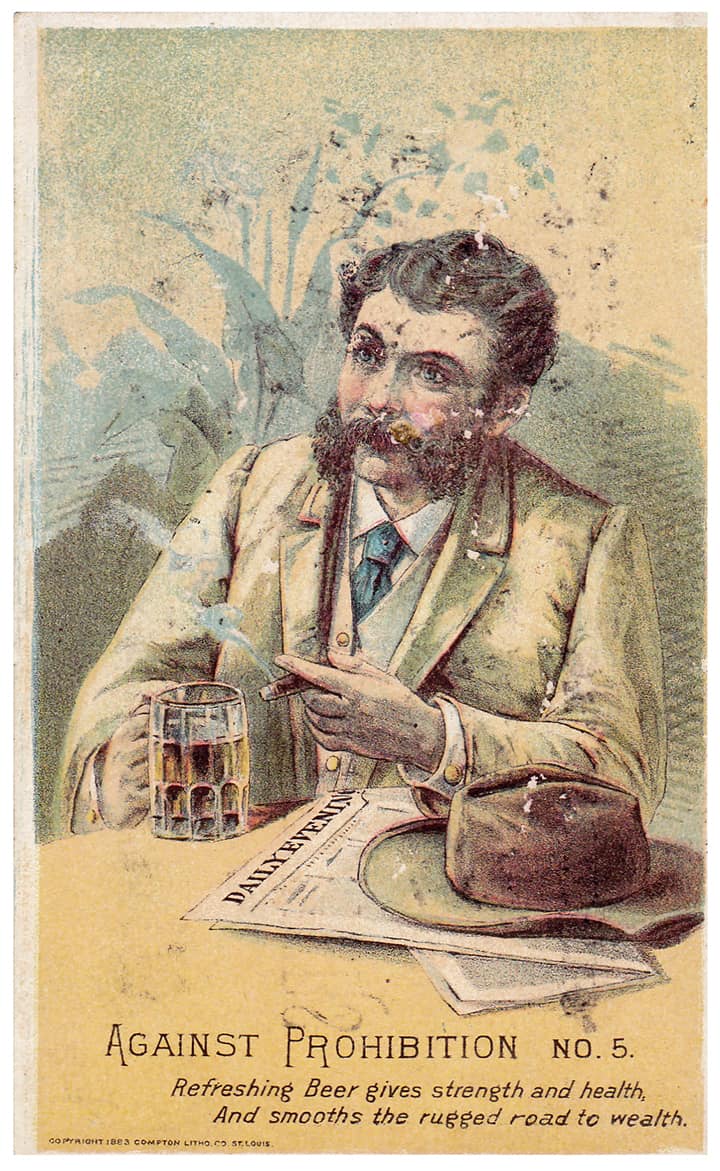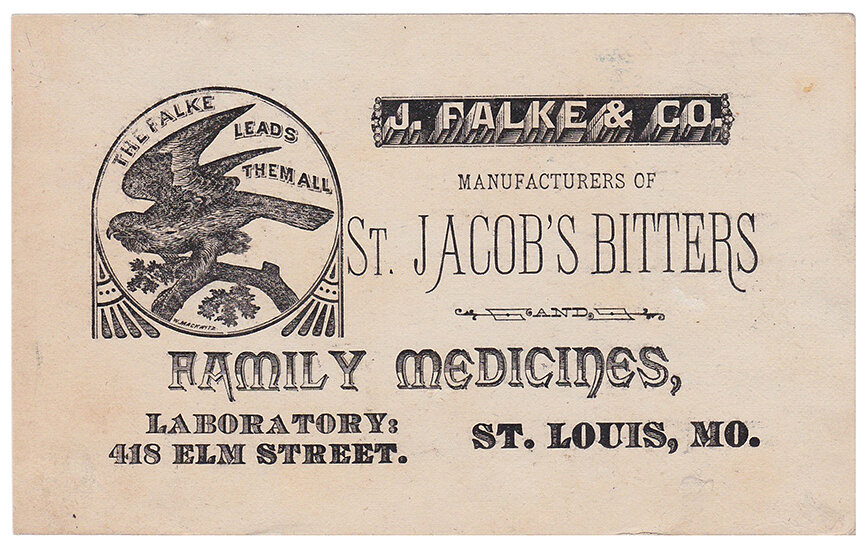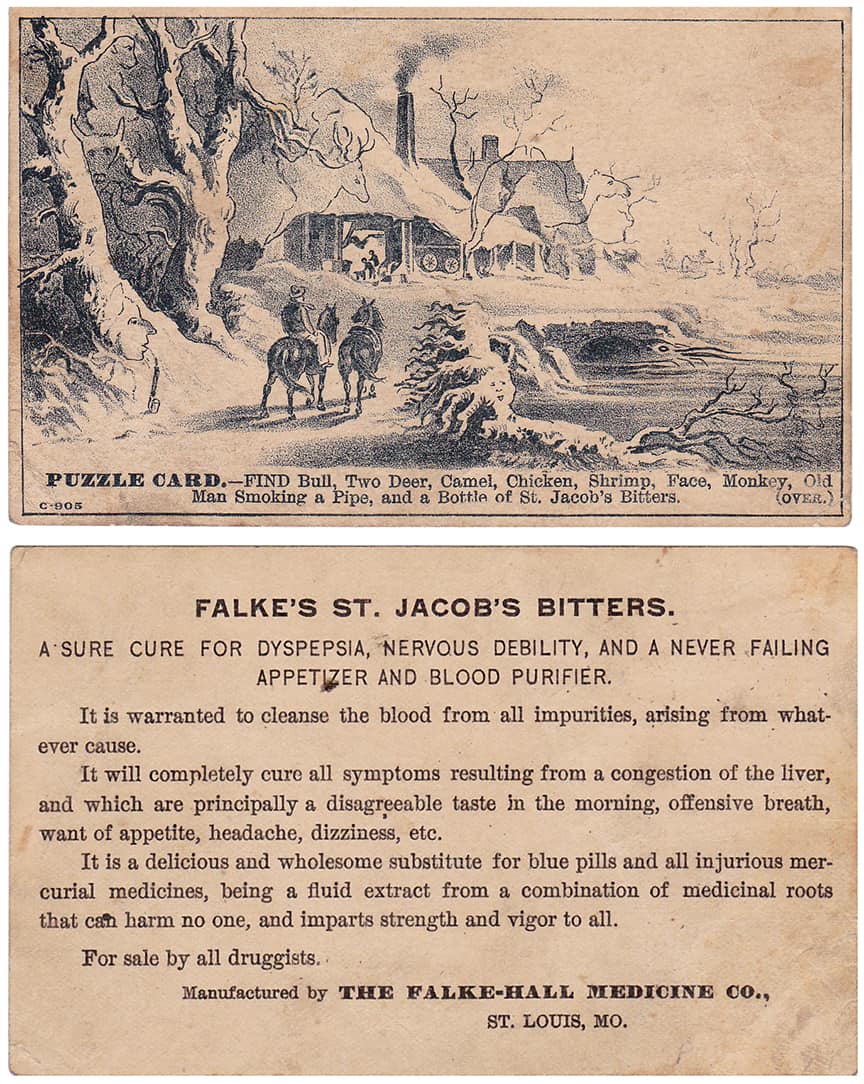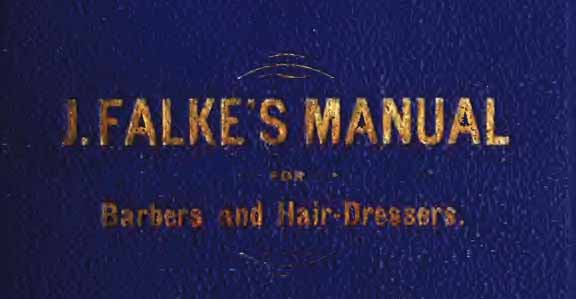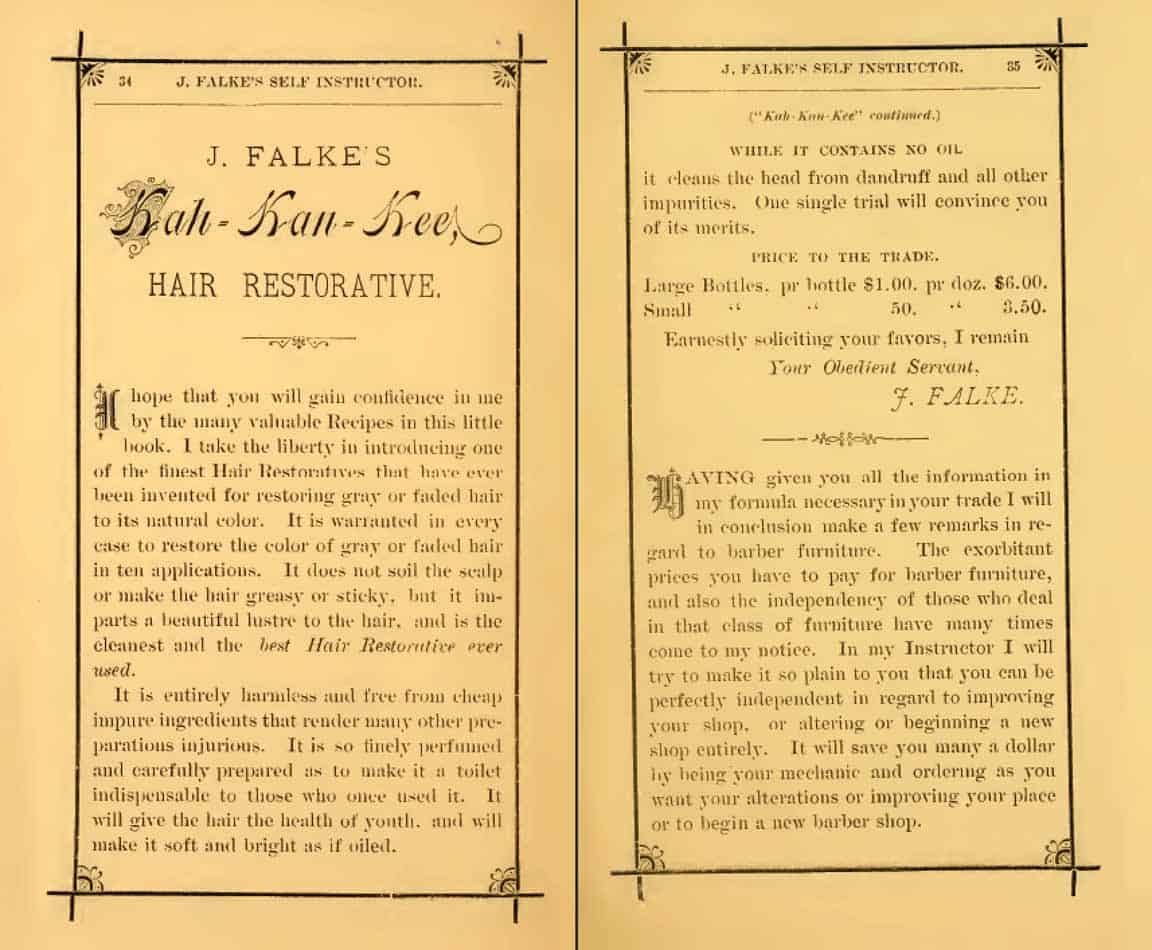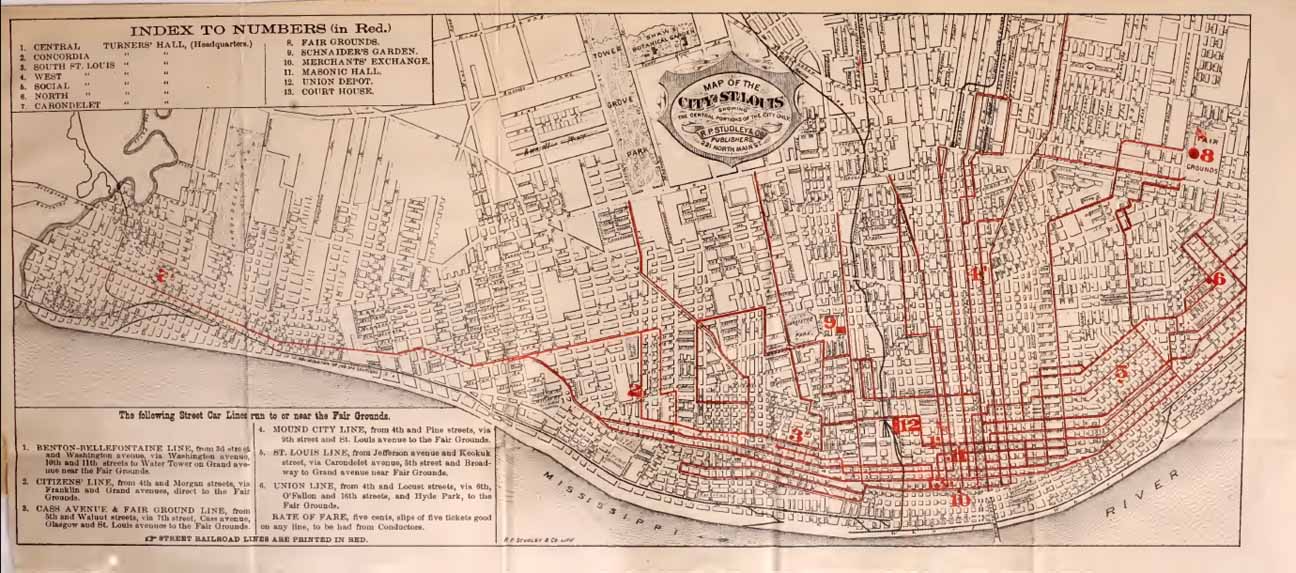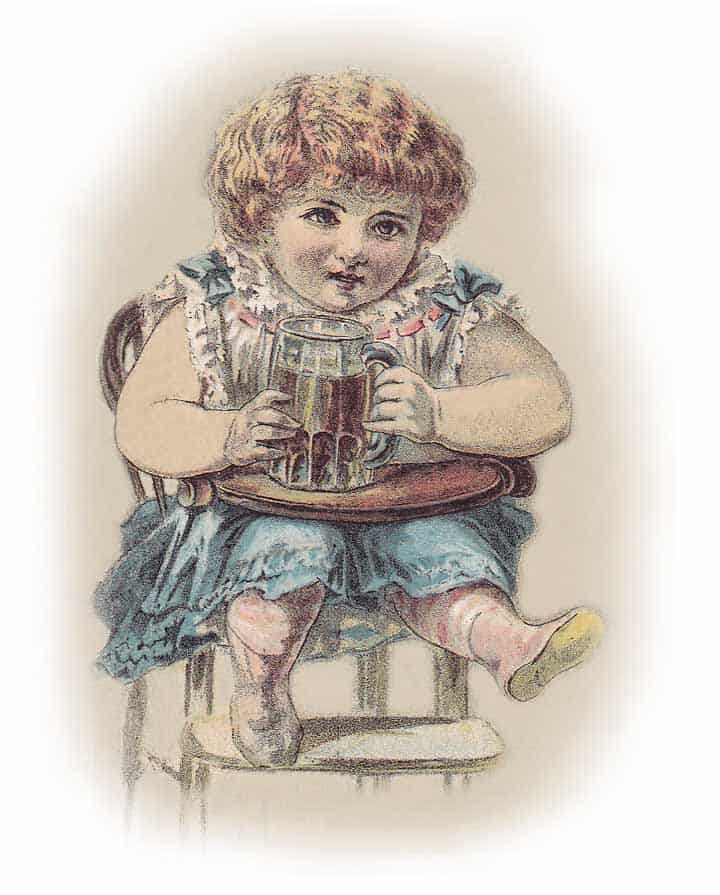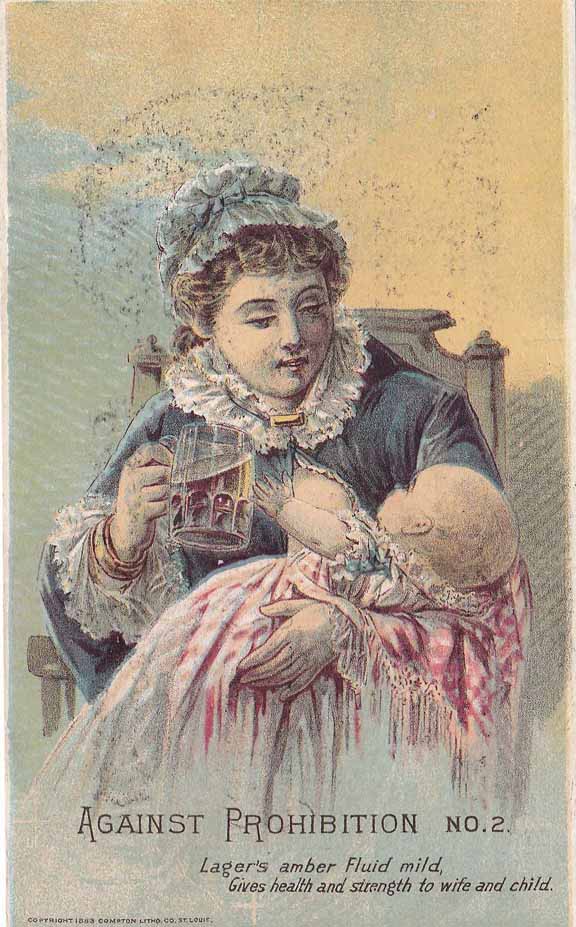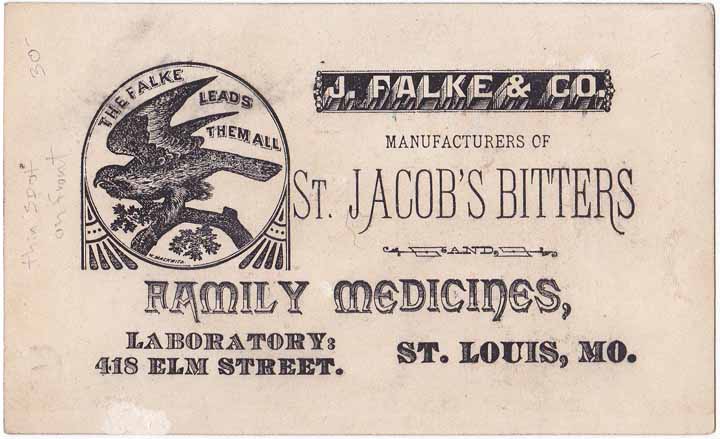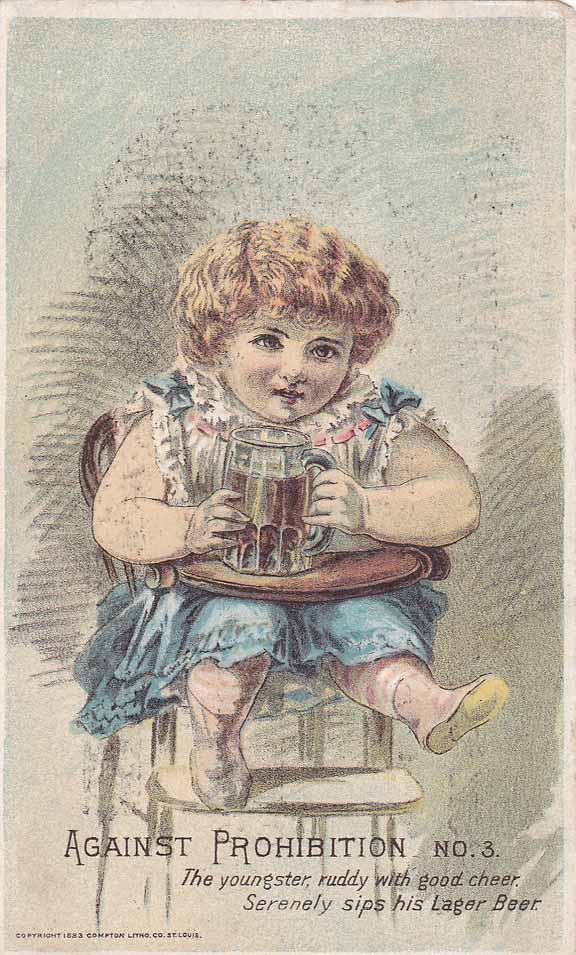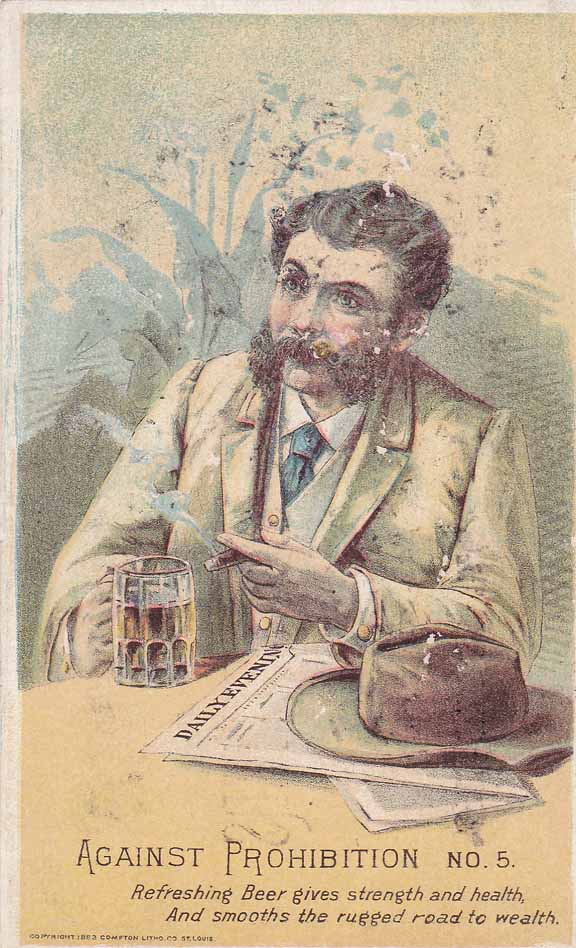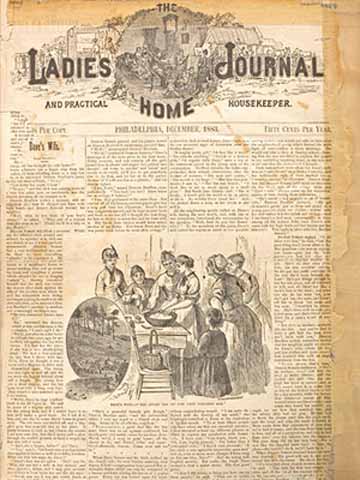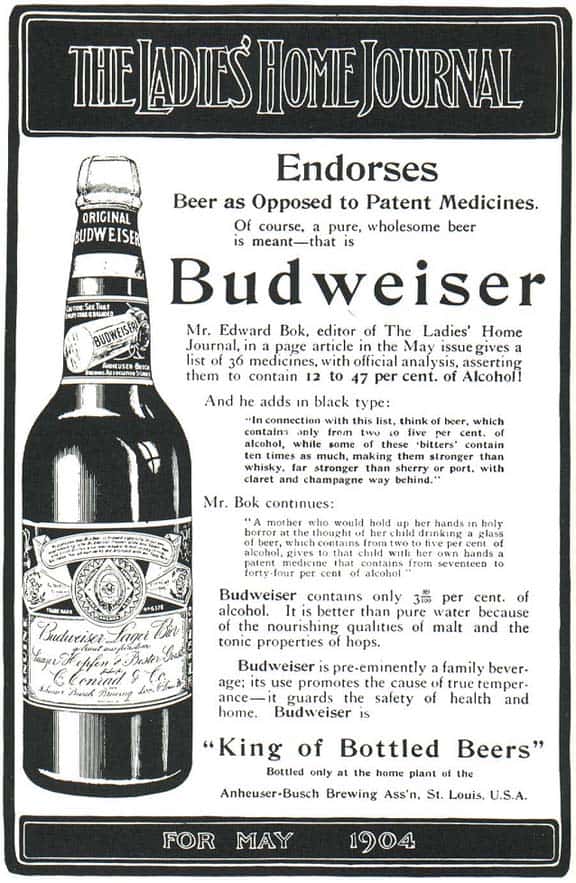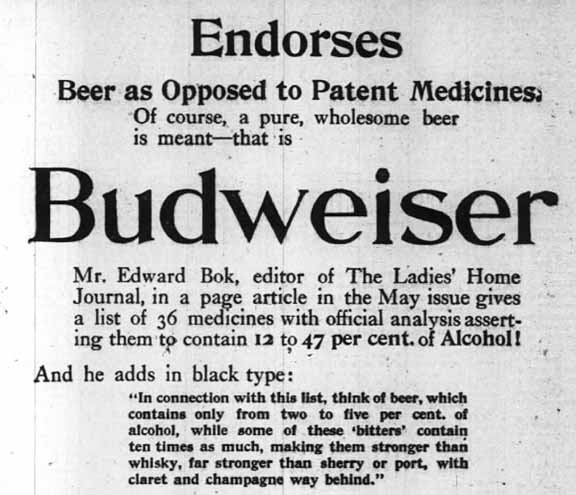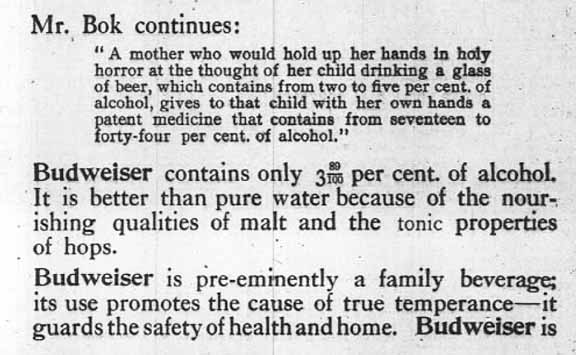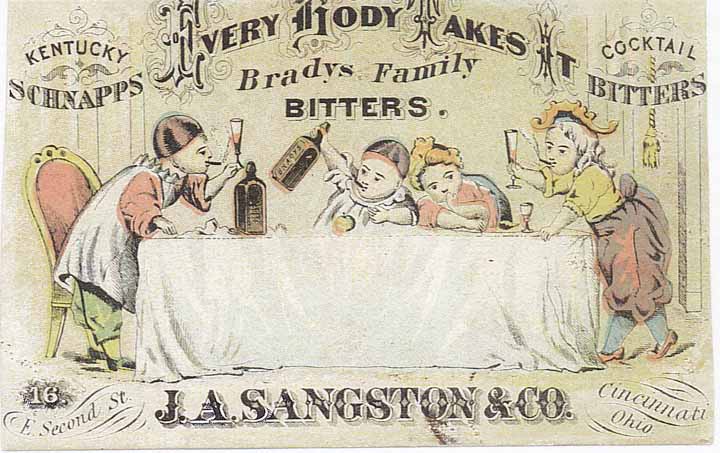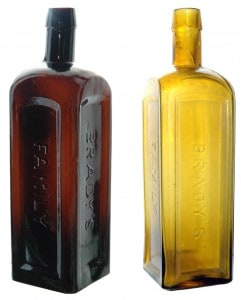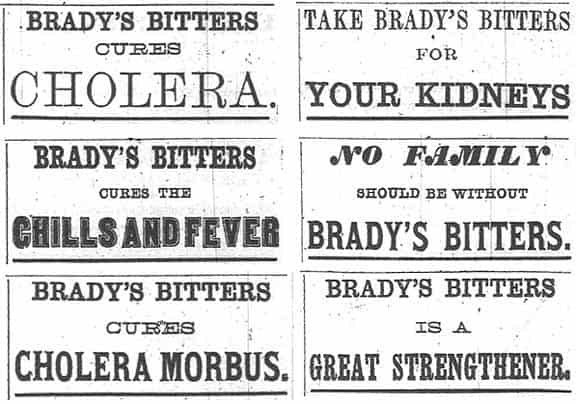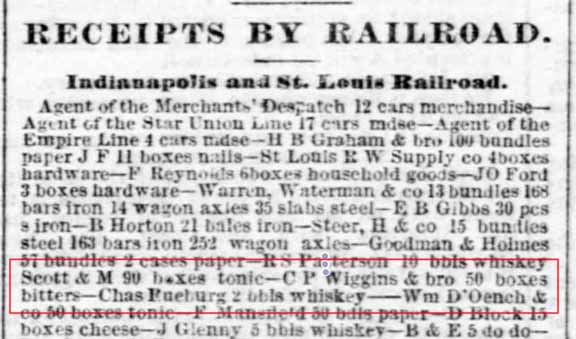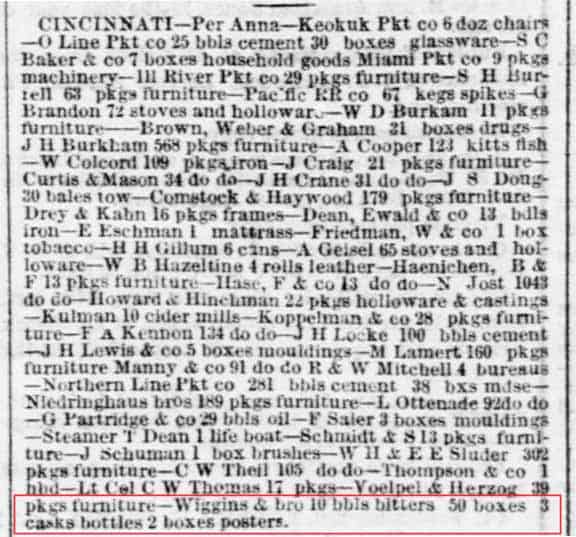Why White? or How the %$#@! did you choose that Category?
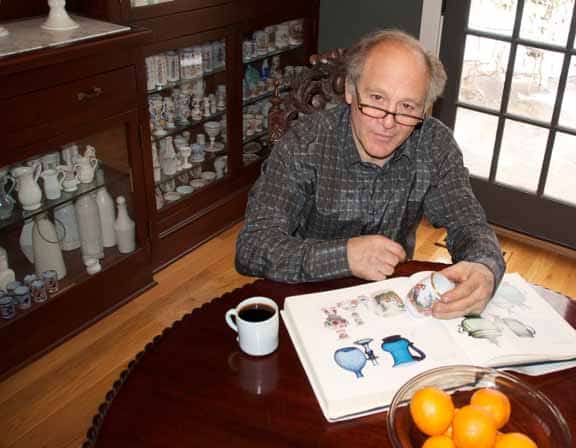
Part 2 – Medicine Types: The Katzen Milk Glass Collection
Read Part 1: Gary Katzen Milk Glass Collection
by Gary Katzen
Bottle Photography by Jesse Sailer
13 December 2013 (R•122813)
 I first met Gary a few years back at the great Baltimore Antique Bottle Show. My sales tables were in proximity to his magnificent 18th Century Milk Glass display (pictured in Part 1). I kept looking over at the display hoping I could meet the person who’s name was associated with the bottles. Finally, nearing the end of a busy show, I met Gary and was not disappointed. Yet another really fascinating person, that when coupled with antique glass and bottles, make our hobby so great. I hope you enjoy this second part of a series. I am honestly writing this line as Bing Crosby is singing “I’m Dreaming of a White Christmas“.
I first met Gary a few years back at the great Baltimore Antique Bottle Show. My sales tables were in proximity to his magnificent 18th Century Milk Glass display (pictured in Part 1). I kept looking over at the display hoping I could meet the person who’s name was associated with the bottles. Finally, nearing the end of a busy show, I met Gary and was not disappointed. Yet another really fascinating person, that when coupled with antique glass and bottles, make our hobby so great. I hope you enjoy this second part of a series. I am honestly writing this line as Bing Crosby is singing “I’m Dreaming of a White Christmas“.
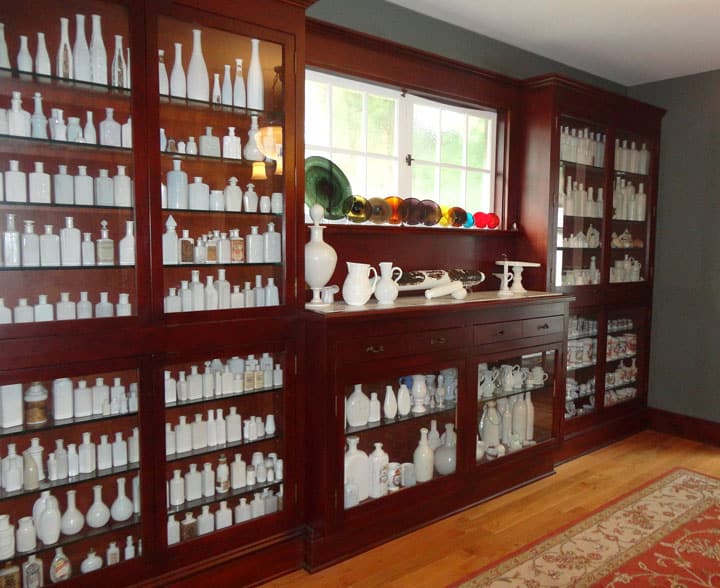
A little bit about Gary
Originally from North Jersey, Gary is a Mechanical Contractor now residing in Haddonfield, New Jersey. Gary has been collecting glass for about 30 years and for those of you who don’t know Gary or didn’t see his collection or display of 18th Century glass at the 2012 Baltimore Antique Bottle Show, you are in for a surprise. More likely than not, you will scratch your head and say “damn, I have seen a lot of milk glass, but never all in one place!” In addition to collecting glass, Gary’s hobbies also include Bass guitar and motorcycling. Even his vintage 1965 Honda Benly Dream is white!
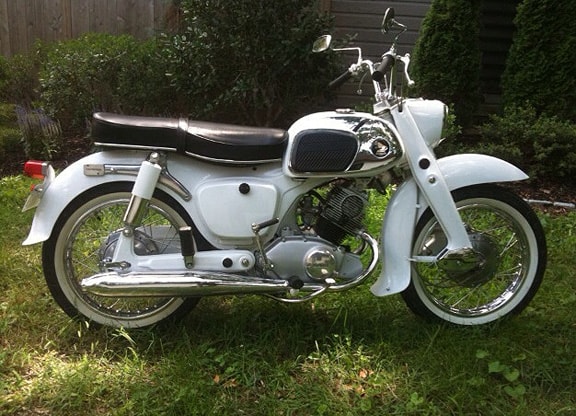
Even his vintage 1965 Honda Benly Dream is white!
Why White? or How the %$#@! did you choose that Category?
I should have a bottle for every time I have been asked “how did you end up collecting milk glass”…oh wait, I do! The following is the official explanation; you’ll have to wait for the book to come out to get the “not suitable for children” version.
It is the summer of 1982 and I somehow found myself at the home of the late Stephen Gardner. Walking into his living room, it seemed as if I had stepped out of a Time Machine. Having grown up around antiques and crystal, I immediately realized this guy had an eye for the good stuff. If I close my eyes, I can still see that mahogany sideboard with the ornately carved Griffins! I immediately commented on his décor and he sharply retorted, “THAT’S NOTHING, follow me”.
You know where I’m going with this, right? So I entered the study and on the right stood two 6’ tall glass display cabinets; floor to ceiling and full of bottles. Keeping in mind I was no stranger to antiques, I was, however, a stranger to bottles. Being un-impressed, my response was something to the effect of “yeah, and ?”. Well, he tried to explain the error of my thinking by turning on the back lights and pointing out the colors, the pontils and then driving the aforementioned points home by adding “this is the only one known, I paid $8,000 for it”. I think I told him he was out of his mind; I had never heard of collecting bottles let alone colored pontiled medicines.
Fast forward…shortly thereafter, I found myself on Antiques Row in Flourtown, Pennsylvania, in a shop I had frequented often. I had never taken notice of ANY bottle before and oddly enough, an antique bottle caught my eye. I immediately turned it over and it had that piece of broken glass on the bottom so I bought it. I was officially bitten by the “Bottle Bug”!
I couldn’t wait to get home and call Steve to boast of my find. Ring, ring, ring….Hello Steve, guess what, I got a bottle just like yours; it’s got the raised writing on it, that rough piece of glass and everything! He asked me what it said and I couldn’t even pronounce it…Barry’s Tricos, Barry’s Tricosf for the…Well, I didn’t even get a chance to finish before he blurted out “Barry’s Tricopherous for the Skin and Hair, NY, Directions in the Pamphlet, One Dollar!“.
Amazed, I asked, “HOW DID YOU KNOW THAT!?” He replied “I know ALL bottles, what’d ya pay for it?” I told him $20 and he said it was junk, worth $10 and why did you buy it? Again, my response was because it looked like yours; he tried to explain the error of my thinking.
This scenario went on for months. There was a green Capers jar, numerous smooth base medicines….hey, there’s a learning curve OK, we all have done it! I did though, actually stumble across a Jenny Lind calabash flask once for about $100 with neither an extra charge for the stain nor for the lesson I learned about Dexter’s Stain Remover!
Needless to say, my new ‘Dutch Uncle Steve’ told me that “I needed to choose a category or I will amass the largest collection of junk known”. Fair enough, makes sense…how do you know what to collect, I asked? He said “one day, you’ll know”; real helpful, thanks Steve!
Now you know where I’m going with this! While visiting Steve one evening, he excused himself and returned with a white bottle. I held that neat little bottle in my hands and that was that, I found my category! That bottle was Dr. Bradford’s Enameline (pictured below), it turned out to be quite a rare skin lotion bottle. Steve continued to fan the fire and followed suit with other rare embossed milk glass pieces such as a labeled British White Oil, which also came from his friend’s collection.
I thought that we would start off with some medicine type bottles. These are some of my favorites and are not often seen. I hope you enjoy looking at them as much as I do.
KATZEN MILK GLASS MEDICINE TYPE BOTTLES
DR. BRADFORD’S ENAMELINE
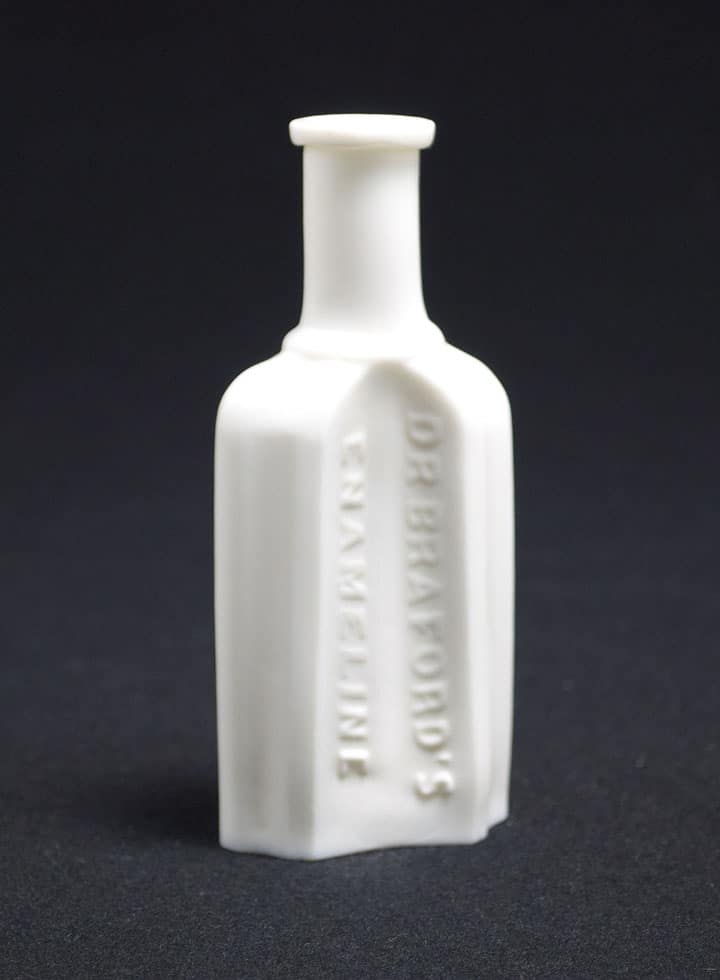
DR. BRADFORD’S ENAMELINE – Katzen Collection
My first milk glass bottle. I recall being told that Dr. Bradford was from the New England area but I have found very little in the area of research. In the book, The American Journal of Pharmacy dated 1870, it states “A colorless liquid holding 30.02 grains of oxide of zinc in suspension in each fluid ounce. Is free of lead”. I believe this example pre-dates the documented 1870s example embossed Dr. Bradford’s Enameline for the Complexion.
BRITISH WHITE OIL ROCHESTER N.Y.
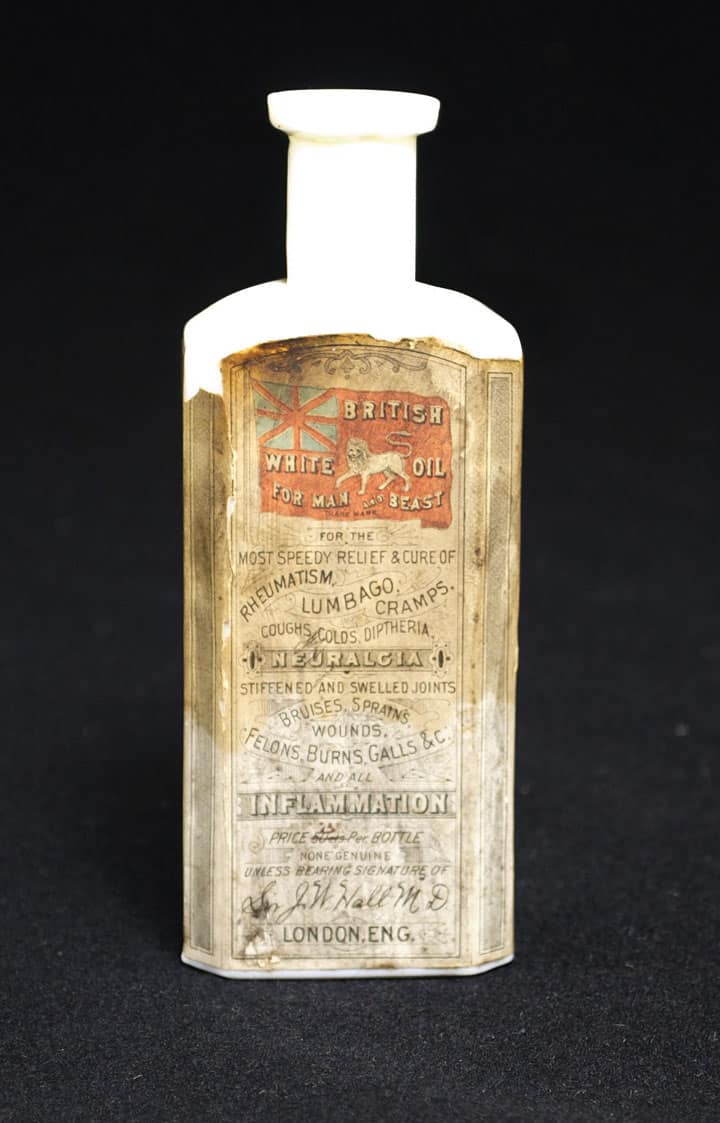
Label side (see below for embossed side) – BRITISH WHITE OIL ROCHESTER N.Y. – Katzen Collection
I believe this example from 1882 was the second milk glass bottle that I acquired from Steve. This cured everything except inclement weather but it apparently didn’t sell too well; note the bottom of the label, the proprietor reduced the price from 50 cents to a quarter! I know of three examples and I believe the others were dug, unlabeled and have extensive lip damage.
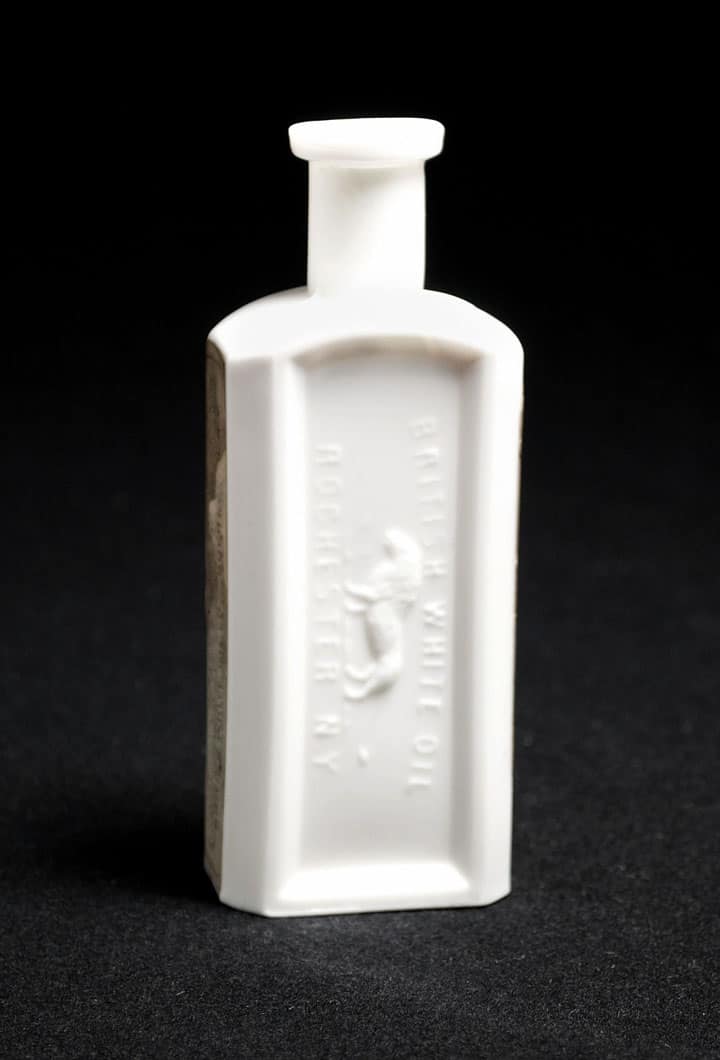
Embossed side (see above for labeled side) – BRITISH WHITE OIL ROCHESTER N.Y. – Katzen Collection
BURGER’S HAIR RESTORATIVE NEW YORK
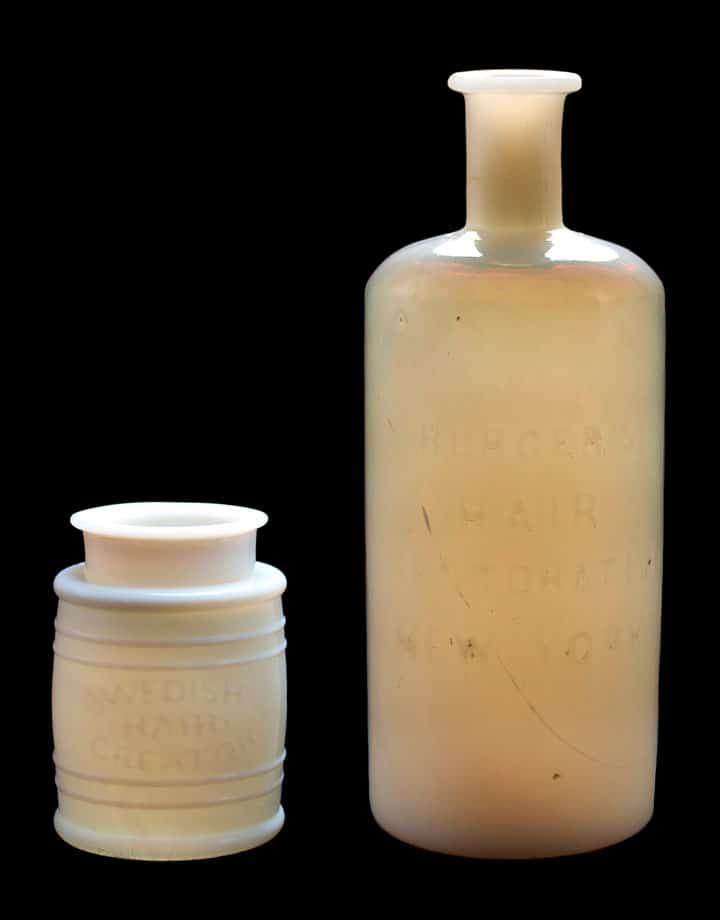
Small SWEDISH HAIR CREATION and BURGER’S HAIR RESTORATIVE NEW YORK – Katzen Collection
There is a story attached to this Burger’s bottle. I think it was in 1990 when the Baltimore Show was at the Timonium Fair Grounds, I had the pleasure of meeting Dave Eden. He spoke of a fiery opalescent milk glass bottle which might be for sale. It was one of the five or six known examples that were dug in New York by Mike Hoffman. I thought $500 was a bit pricey for a bottle with a chipped lip but nonetheless Dave followed through with a nice note and some photos of his Burger’s bottles. I never made the purchase and kicked myself in the butt a dozen times for not buying it. Three years ago while at a Jersey show, a bottle buddy told me he knew someone with an Ex-Greer Collection Burger’s for sale and introduced us. Unfortunately this person, who will remain nameless, didn’t want to sell me the bottle but did agree to trade me for two (2) colored pontiled sodas I didn’t have! No need to go back and re-read the last sentence, you read it correctly “…I DIDN’T HAVE”!
To make a long story longer, this deal would require me to call a total stranger and ask him to sell me two bottles he wasn’t thinking of selling. He was actually a gentleman and after I explained my predicament, he offered to sell me the two bottles…that turned out to be the easy part! It took about 50 texts, two dozen e-mails and twice as many phone calls to finally acquire the bottle which incidentally bore a striking resemblance to bottle in the photo of Dave’s undamaged example in his personal collection! Yep, after some research and a call to Dave we determined this was the same bottle! Talk about a small world, huh?
ORESTE SINANIDE’S MEDICINAL PREPARATIONS
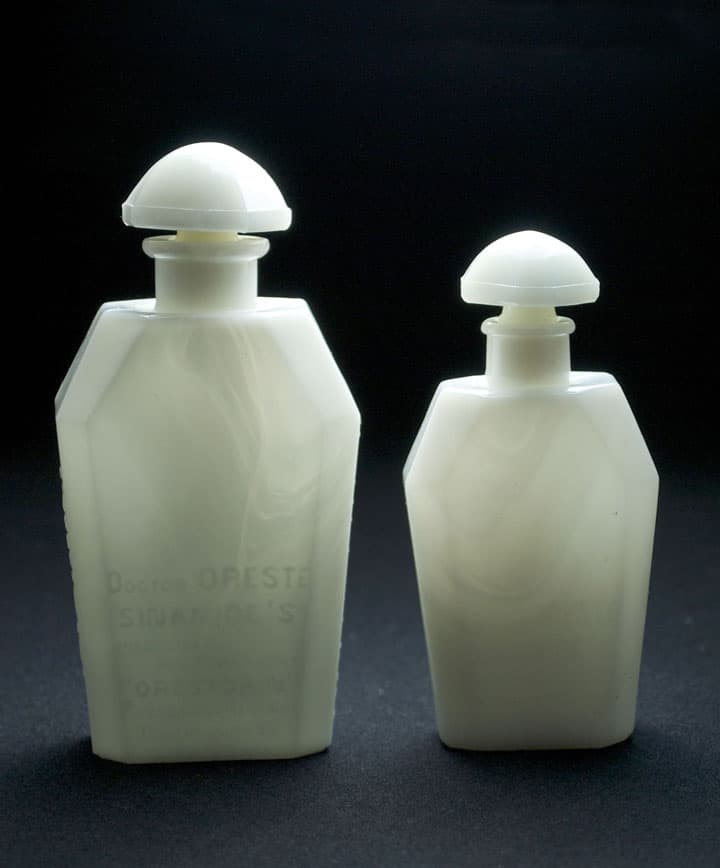
5.5″ and 4.5″ Doctor ORESTE SINANIDE’S MEDICINAL PREPARATIONS “ORESTORIN” PROLONG OR RESTORE YOUTHFULNESS (Photograph #1) – Katzen Collection
Doctor ORESTE SINANIDE’S MEDICINAL PREPARATIONS “ORESTORIN” PROLONG OR RESTORE YOUTHFULNESS // A YOUTHFUL APPEARANCE IS A SOCIAL NECESSITY NOT A LUXURY // SOLE REPRESENTATIVE ADELE MOREL 24 EAST 61 STREET NEW-YORK. This 5.5” semi-opaque/alabaster example with a pressed glass umbrella shaped ground stopper most likely contained oxide of zinc as did many of the others.
The 4.5” example was also fitted with the same umbrella type stopper and is merely embossed on the front; Doctor ORESTE SINANIDE’S MEDICINAL PREPARATIONS “ORESTORIN” PROLONG OR RESTORE YOUTHFULNESS. It only took 25 years for me to acquire the large example and I would like to thank Jim Sinsley for making it happen.
Shortly thereafter I saw a picture of a smaller variant on a UK digging site and went after it with a vengeance; it made it’s way across the pond safe and sound!
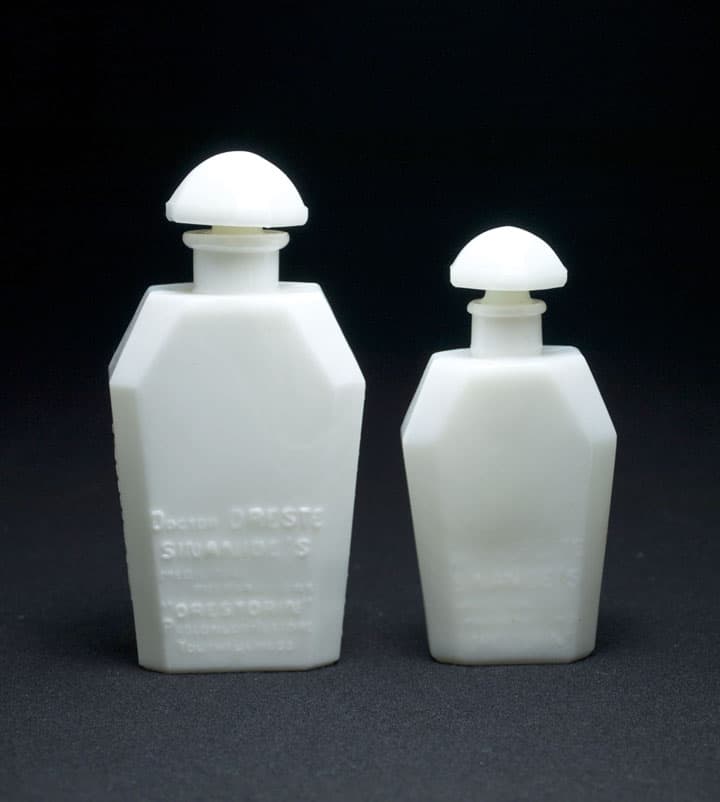
5.5″ and 4.5″ Doctor ORESTE SINANIDE’S MEDICINAL PREPARATIONS “ORESTORIN” PROLONG OR RESTORE YOUTHFULNESS (Photograph #2) – Katzen Collection
E.T.S & Co.
I have never seen or even heard of another one and despite being one of my favorite pieces, I have been unable to find any information about this Company. This heavily whittled bottle stands about 7” and sports an aqua pontil mark; I assume they didn’t want to waste the costly milk glass? I would venture a guess and call it 1860s or so and the fiery opalescent bath salt came about shortly thereafter.
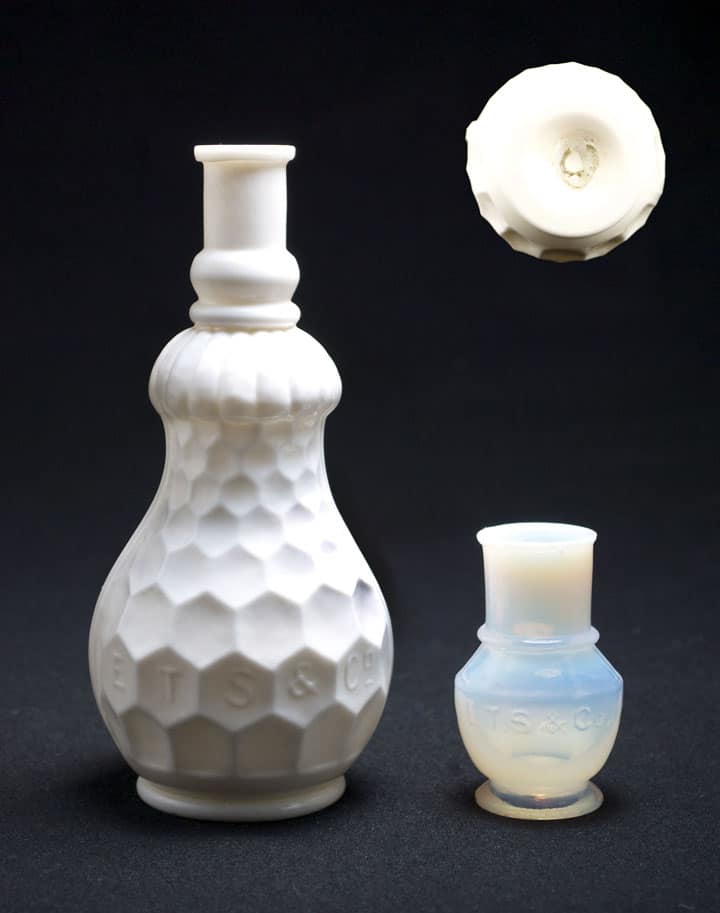
E.T.S & Co. – Katzen Collection
GERMANIA MAGEN BITTERS
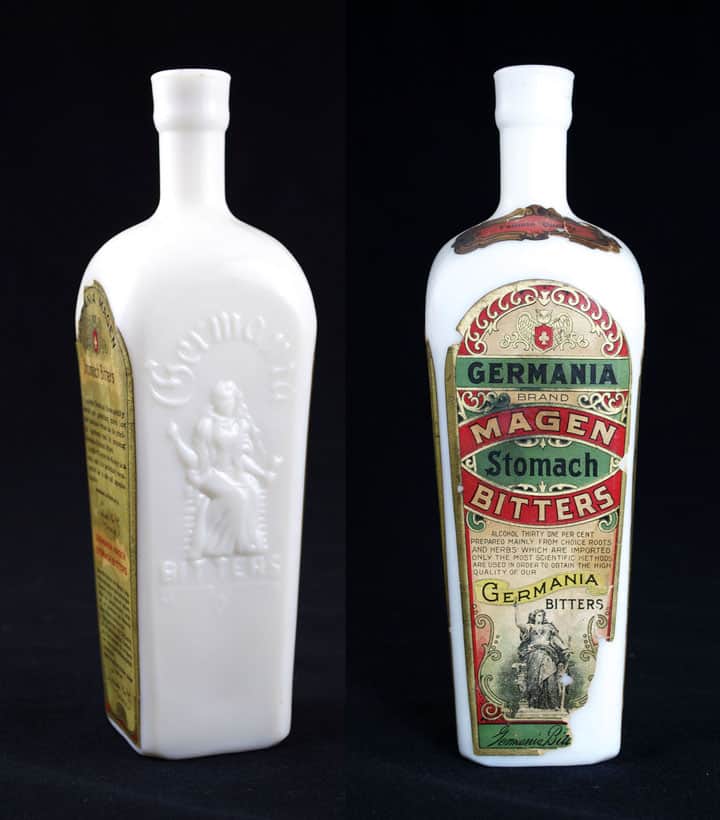
Germania Magen Bitters – Katzen Collection
At a quick glance, the embossed motif appears to be that of a seated Lady holding a cigarette and a chalice which was still pretty risqué even in the 1880s while the label clearly depicts the figure holding a chalice and a sword.
This is one of the six examples I know of and I believe four of them still have intact labels. I would consider this the second rarest of all milk glass bitters with Dr. R.T. Hylton’s PATD 1867 WILD CHERRY TONIC BITTERS PHILADA. (rectangular medical shaped bottle) being the rarest and most desirable of them all. I knew I should have bought it when I had the chance.
The case gin style was the most common form used in milk glass for the sale of bitters, I think I have about 30 examples and variants so that’ll give you an idea. They were marketed by Hartwig Kantorowicz / Josef Lowenthal, RB (Rudolph Bader), S. B Rothenberg, Fritz Rueter, Litthauer and Longhrin to name a few. A less common form for an embossed milk glass bitters bottle was the “Lady’s Leg” used by PHD and Co., to market their Sazerac Bitters and it came in two sizes.
GERMAN BALSAM BITTERS
You all know what it is so I won’t bore you with a description off the internet. I will though, bore you with how I got it! I met Dean Smith back in 2008, a fellow milk glass collector located on the West Coast whom I was butting heads with on every white bottle that came up on the block. Despite the competition we bonded immediately and started exchanging pictures of our collections via email. I noticed a familiar form in the background and I asked him if it was a German Balsam Bitters. He responded “yes, ex-Gardner and still with the tags…” Without thinking I immediately blurted out what I thought after the fact was a ridiculous offer. He agreed to think about it and get back to me. He agreed to the dollar value but upped the ante and had me throw in a G.H. Hammond “meat juice” bottle. The jury is still out on this one!
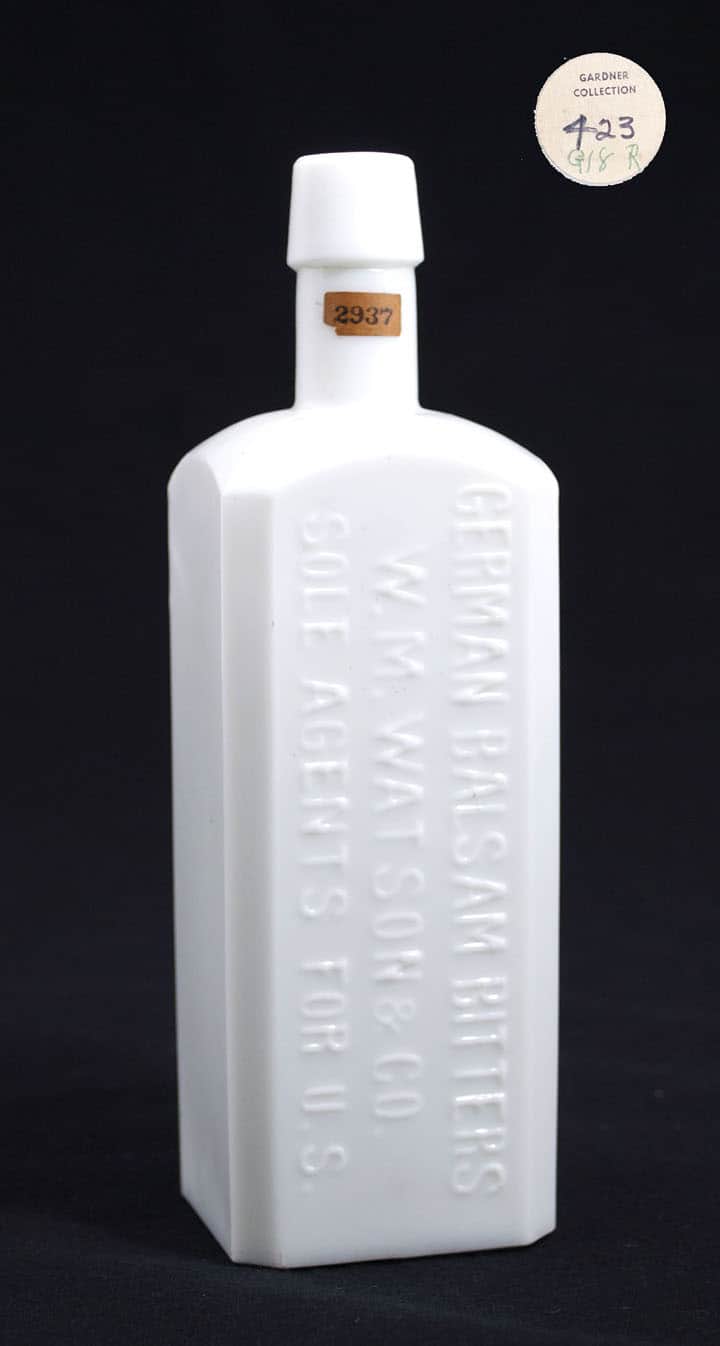
GERMAN BALSAM BITTERS W. M. WATSON & CO. SOLE AGENTS FOR U.S. – Katzen Collection
THE KOBOLO TONIC MEDICINE COMPANY CHICAGO, ILL.
This 8.75” milk glass example may have been a prototype or of the earlier runs which proved to be too costly to continue manufacturing. This is the only one I know of in milk glass. They turn up in amber now and then. Bill Lindsey had his eye on this one when he was actively collecting medicinal tonic bottles.
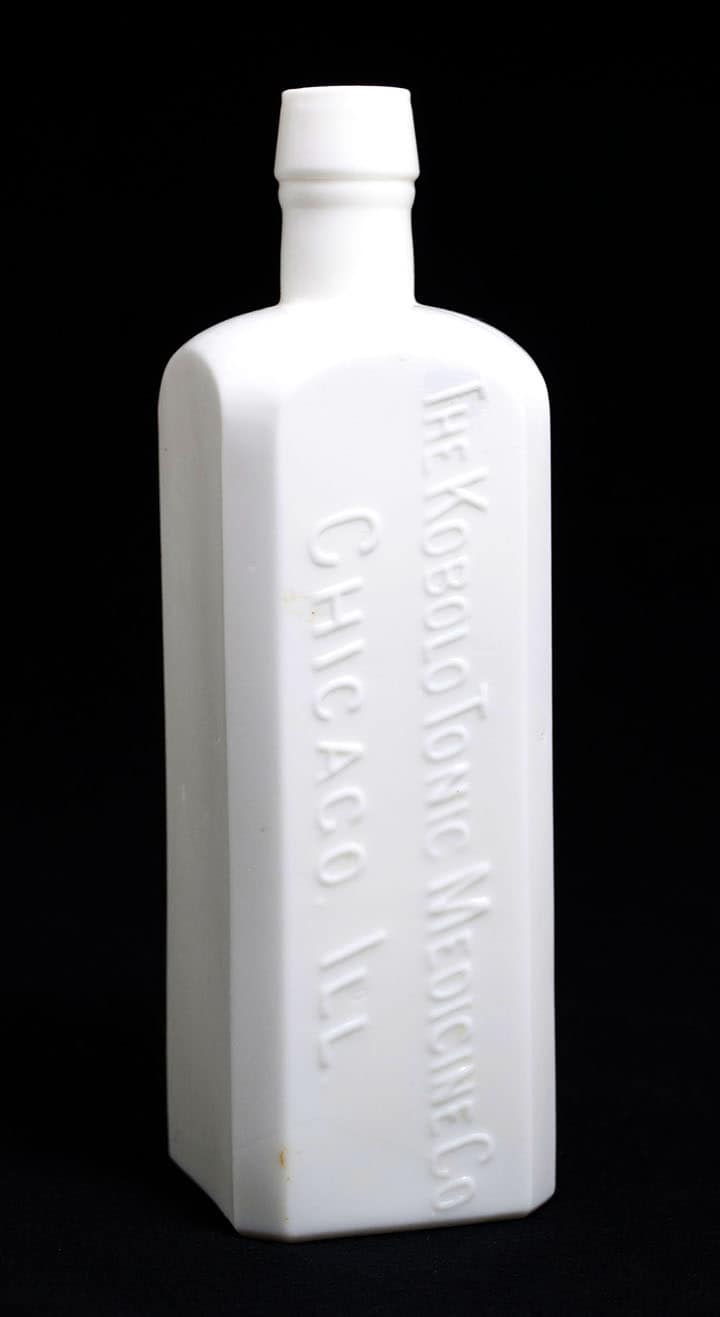
THE KOBOLO TONIC MEDICINE COMPANY CHICAGO, ILL. – Katzen Collection
E.S. REED’S SONS APOTHECARY ATLANTIC CITY NJ
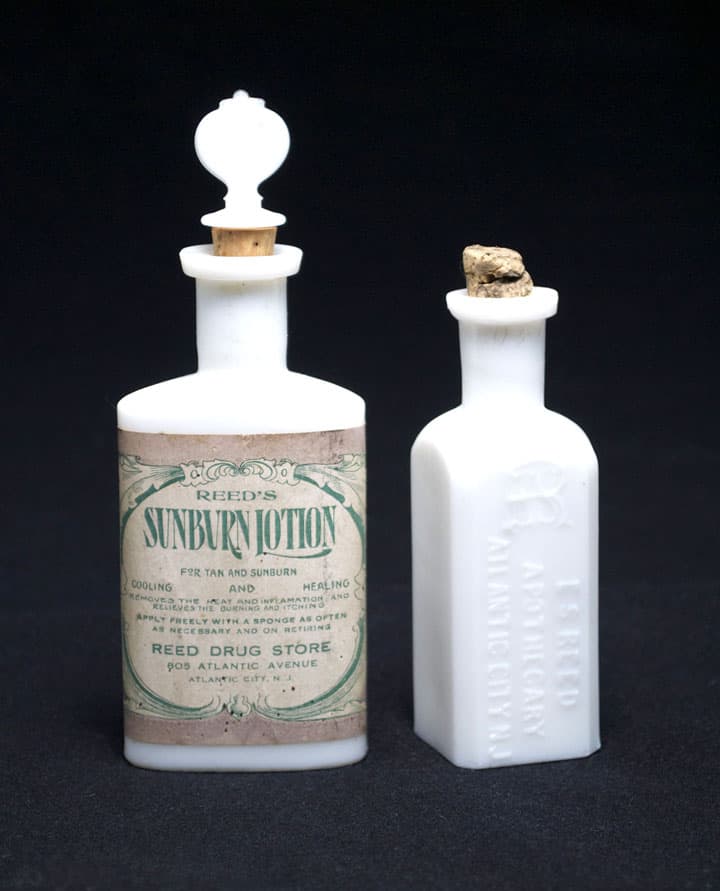
E.S REED’S SONS APOTHECARY ATLANTIC CITY NJ – Katzen Collection
Affectionately called by many “The Jersey Devil”, this sunburn lotion example albeit not rare, is a very sought after bottle. Oddly enough, the plain monogrammed example on the right is quite scarce! About that Devil thing; is it just me or does that look more to you like a mermaid dragon?
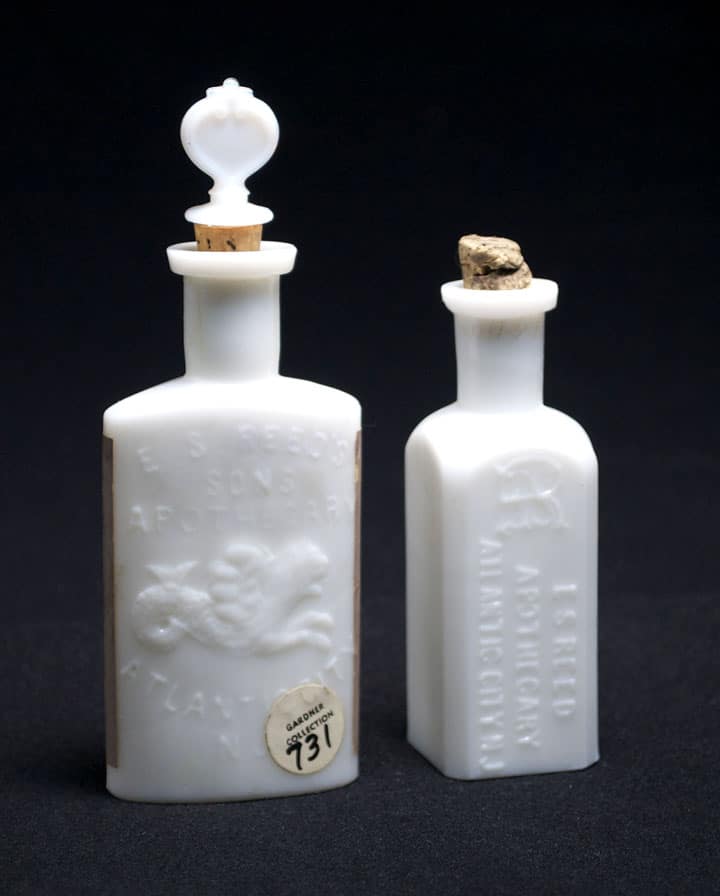
E.S REED’S SONS APOTHECARY ATLANTIC CITY NJ – Katzen Collection
BLOOM OF YOUTH OR LIQUID PEARL
Often referred to as just “Laird’s” along with “Hagan’s Magnolia Balm” (not pictured) are probably the two most common and least desirable embossed milk glass bottles around; there probably isn’t a digger that hasn’t unearthed at least one of them.
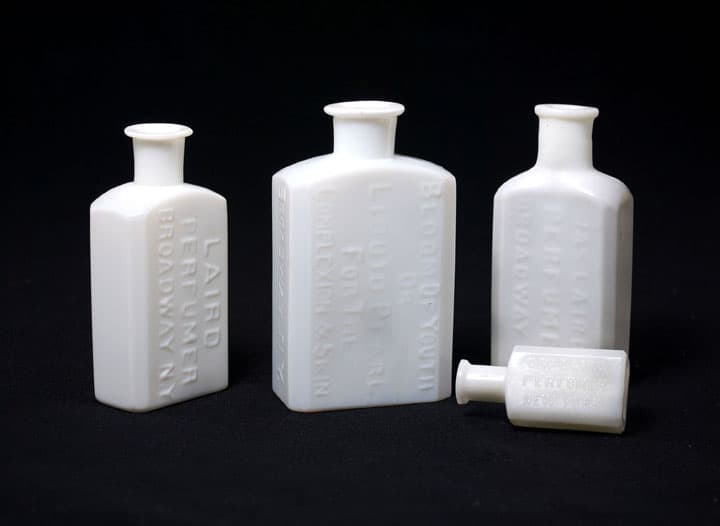
LAIRD BLOOM OF YOUTH OR LIQUID PEARL – Katzen Collecrtion
There are numerous embossing variants (I stopped collecting these when I hit about eight of them) dating back to the early 1860’s when George W. Laird first started selling his beauty lotions.
The example pictured far left is an earlier standard 5” rectangular medicine type with a flared lip; most examples that turn up are normally have a flat collared lip. I would rate this on the rarity scale of 1-10 as a whopping -1 on a good day. I just threw that one in the picture for size comparison.
Believed to be of the G.W. Laird’s son’s claim to fame, the bottle pictured far right is embossed “JAS. LAIRD’S PERFUMER BROADWAY N.Y.”. It is quite a bit less common but still nothing to write home about. I’ll give it a 2?
The sample size, embossed G.W. LAIRD PERFUMER NEW YORK is an uncommon find, maybe I’ve seen a half a dozen or so over the years. I have saved the best of the worst for last. The large example pictured center is embossed LAIRDS BLOOM OF YOUTH OR LIQUID PEARL FOR THE COMPLEXION OR SKIN BROADWAY N.Y. This was most likely a short run super sized bottle and is the only one I have seen or heard of. An extremely rare find, I picked this up from a previous Glass Works Auctions. Ex: Charlie Clark Collection.
An article printed in 1870 about poisonous cosmetics referenced a pamphlet written by Dr. Lewis Sayre describing three cases of lead palsy caused by a product called Laird’s Bloom of Youth. The Chemists that were commissioned to analyze and test Laird’s product later determined there was in fact no lead present in his lotions. That misrepresentation of facts nearly crippled his business but he managed to flourish for many years to come, hence the abundance of “Laird” bottles out there!
COSMETIC GROUPING
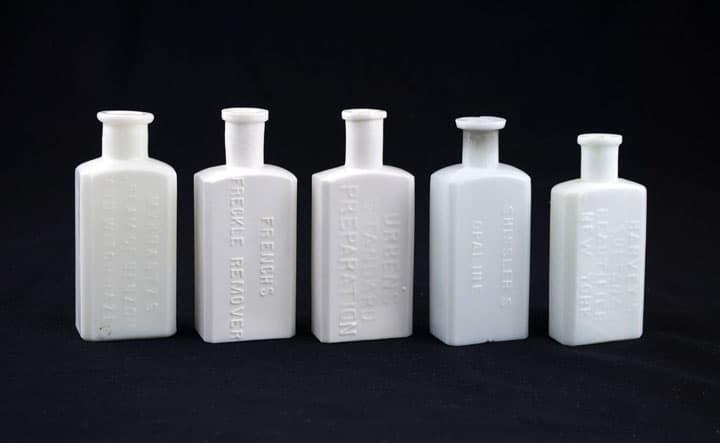
Cosmetic Grouping – Katzen Collection
MYKRANTZ’S CREAM OF BENZOIN AND WITCH HAZEL
The Mykrantz’s was most likely a proprietary mixture for the complexion. Frank Mykrantz marketed this product as well as others through a small chain of drug stores throughout Ohio in the late 1800s and well into the early 20th Century.
FRENCH’S FRECKLE REMOVER
A. S. French from East Hampton, New York received his patent in 1878. I have yet to locate the formula for this magic potion but I would guess it was liquid sand paper or another form of dermal abrasion in a bottle! Ex: Charlie Clark Collection.
URBEN’S STANDARD PREPARATION
In the 1860s J. P. Urben and his brothers labeled and sold this product as “Urben’s Blooming Pearl”. It was touted to remove sunburn, pimples and freckles amongst other things leaving you looking 10 years younger; another liquid sander in a bottle?
SHISLER’S OPALINE and HARVEY’S SULTANA BEAUTIFIER
These late 19th century rectangular medical style cosmetic bottles (or embossed milk glass bottles in general for that matter) have one thing in common; there hasn’t been a great deal written about them and at best are tedious to research; I have been humbled. I guess I’ll just have to write the book…

